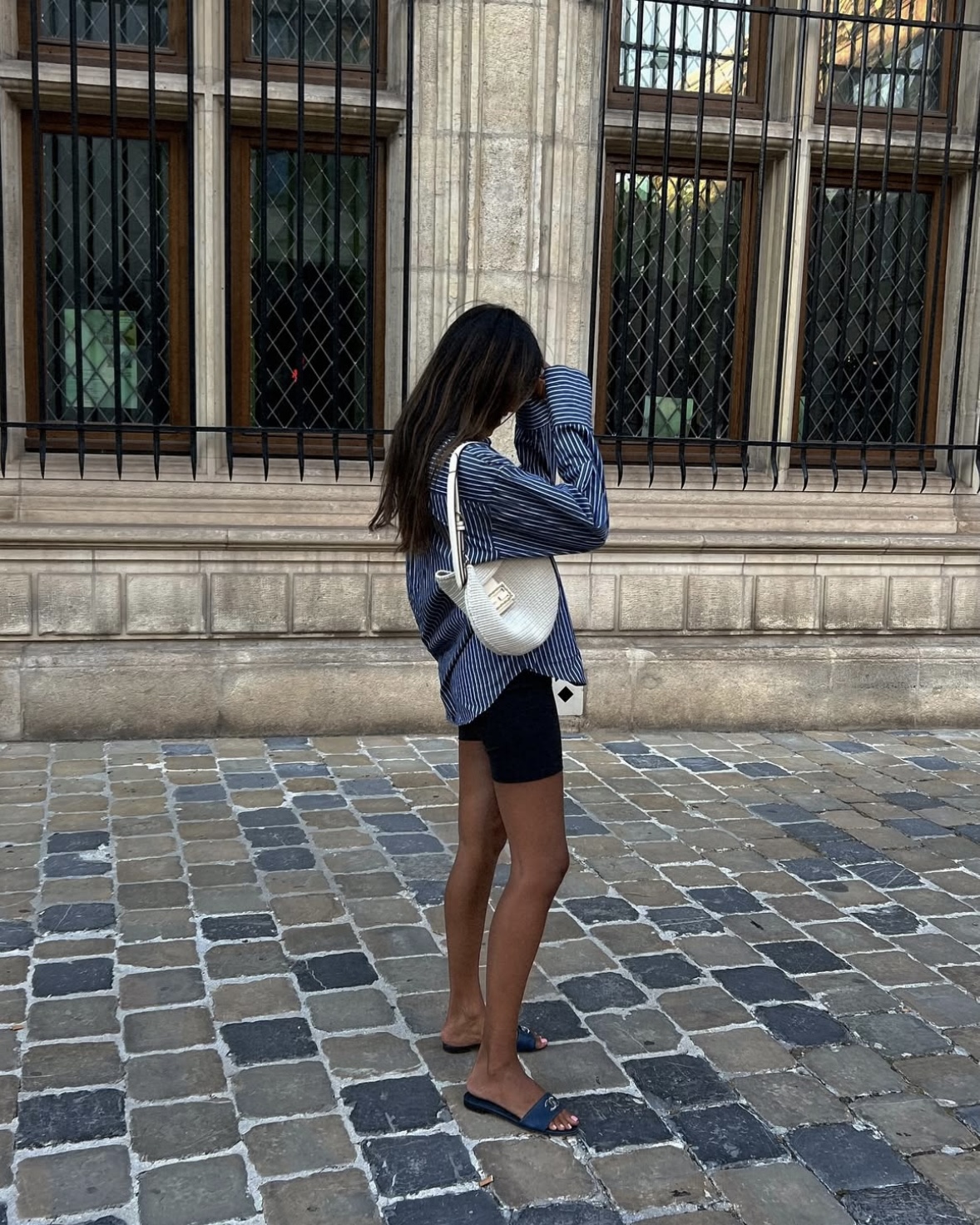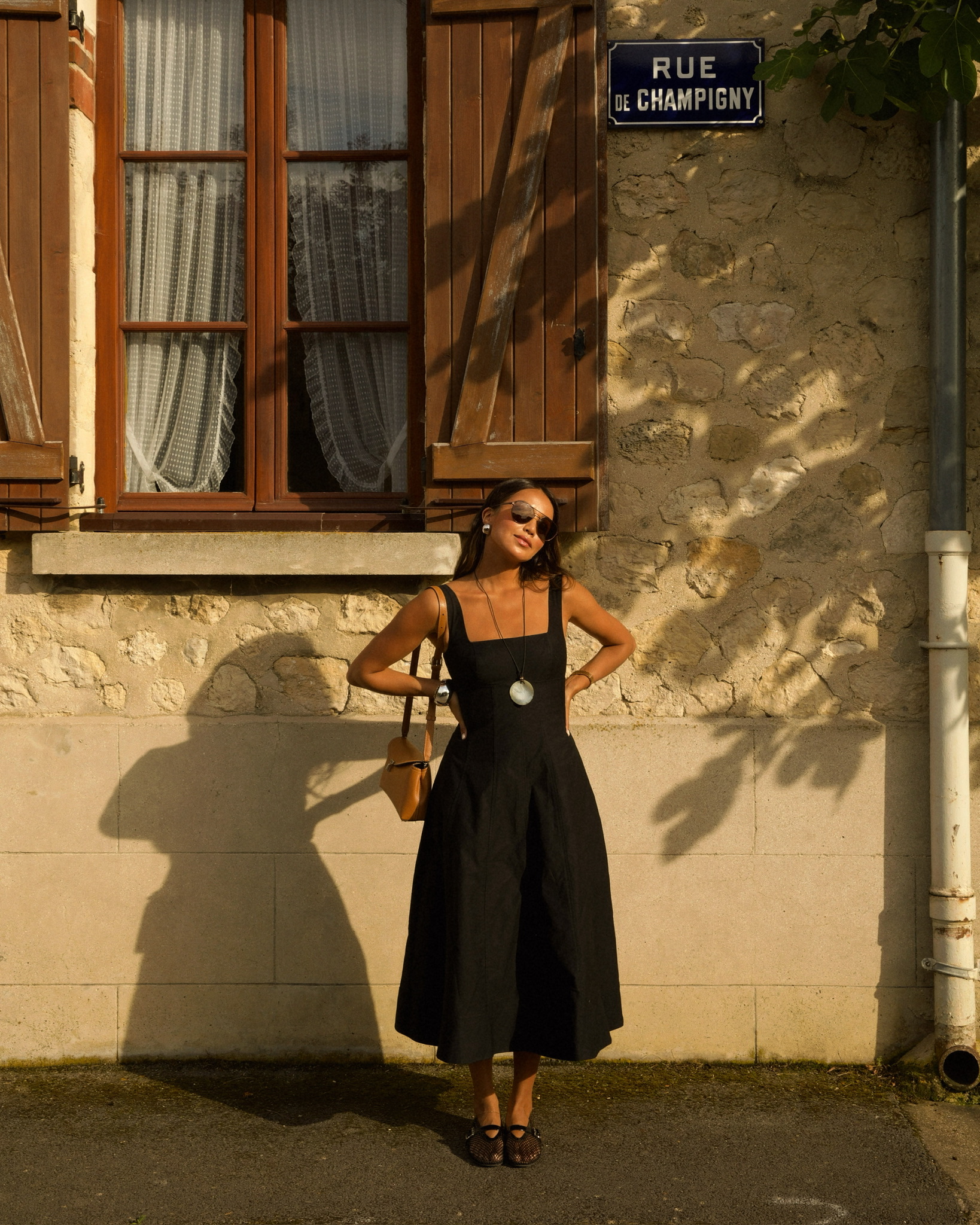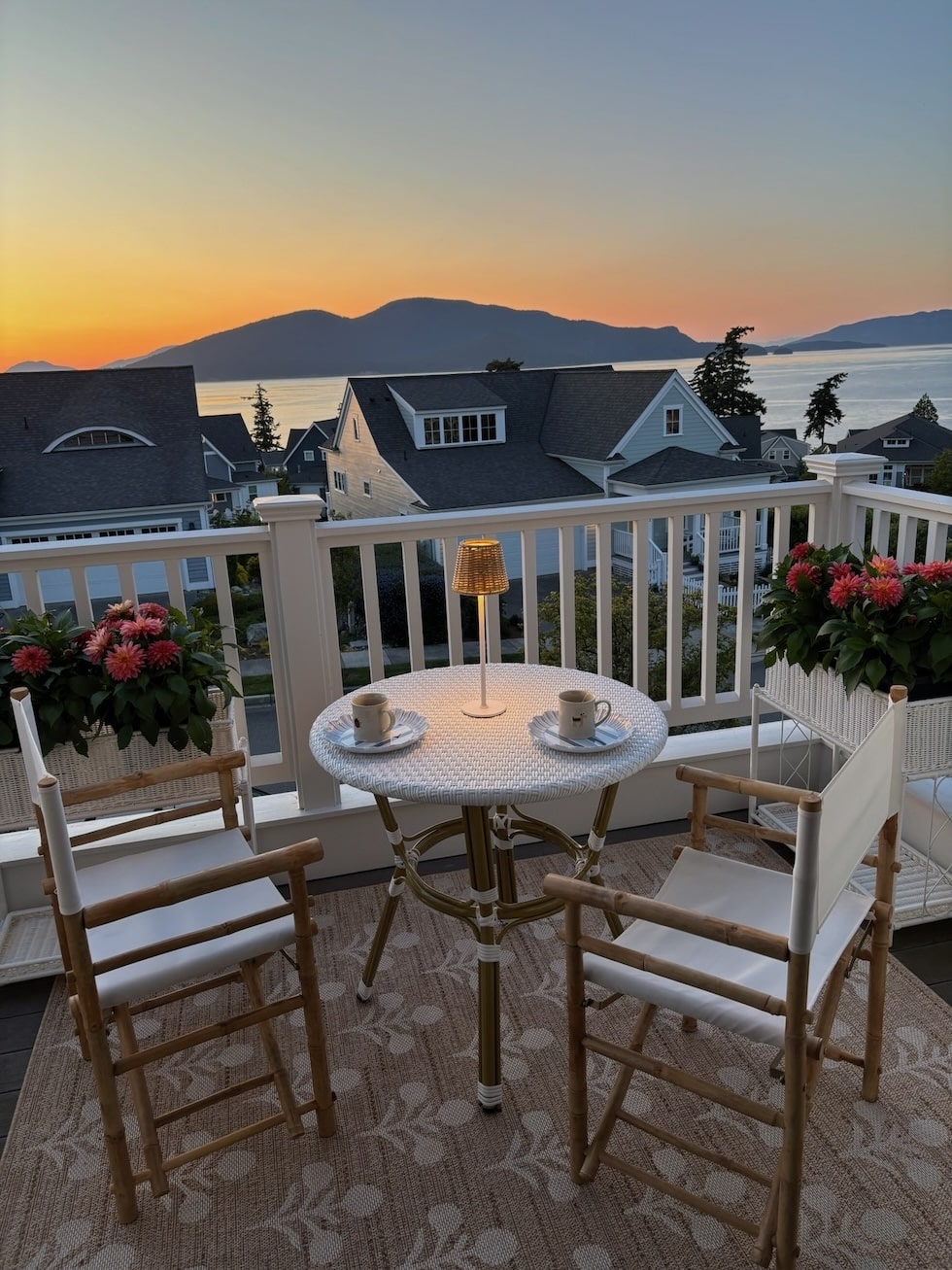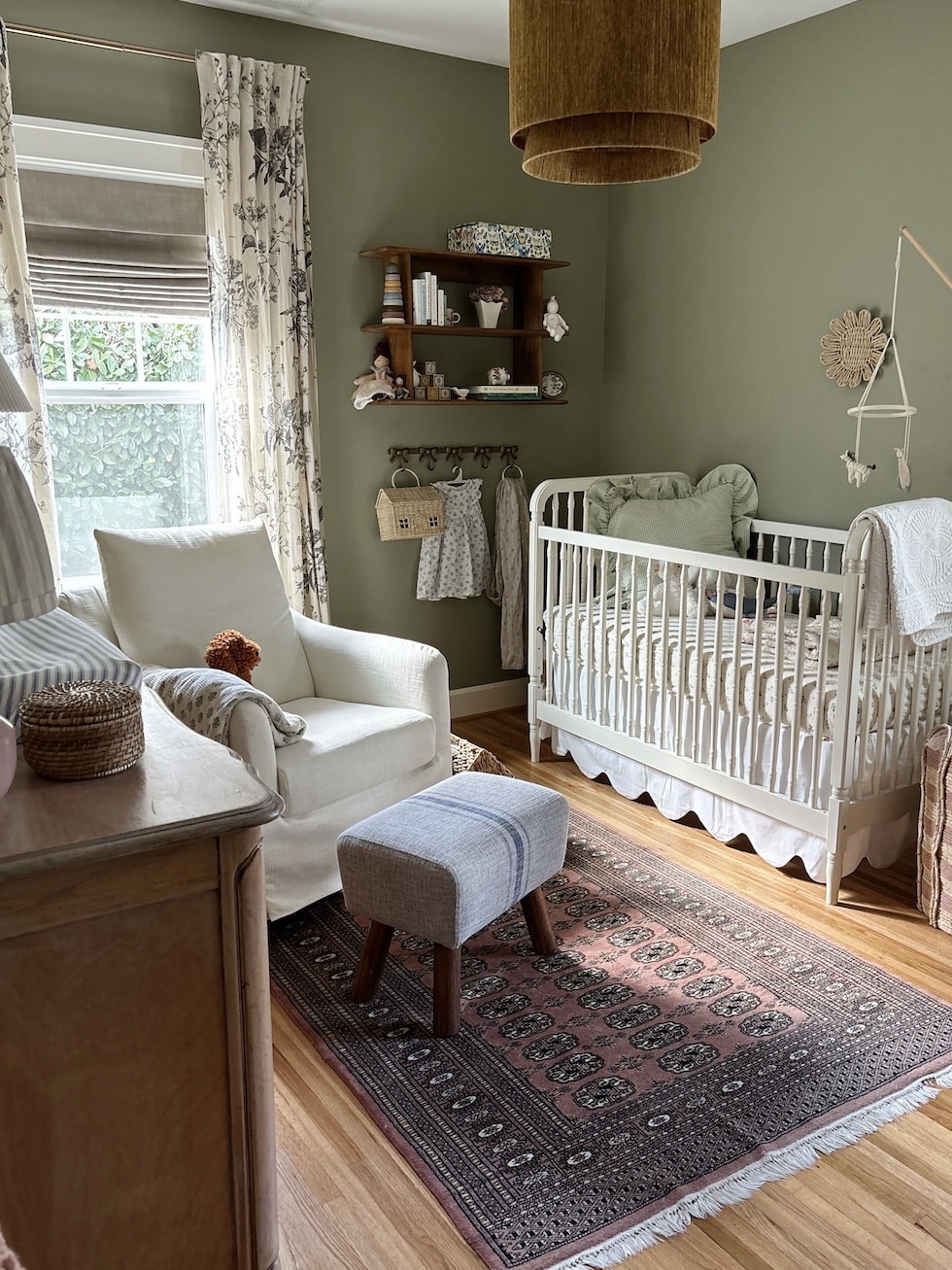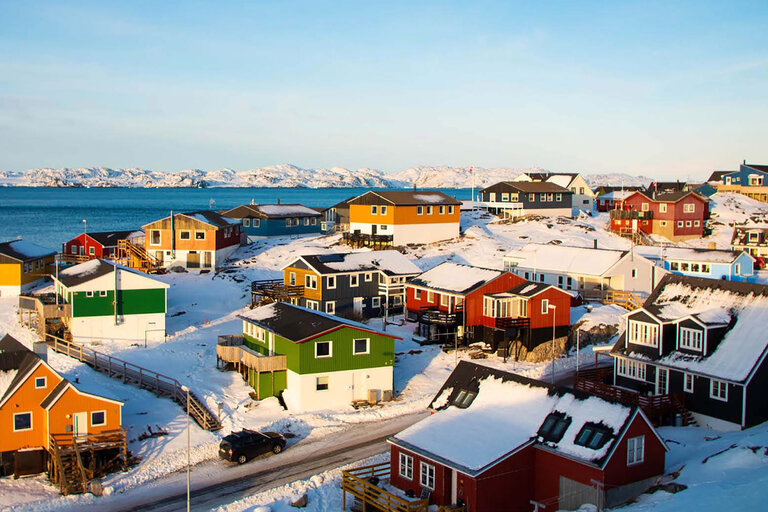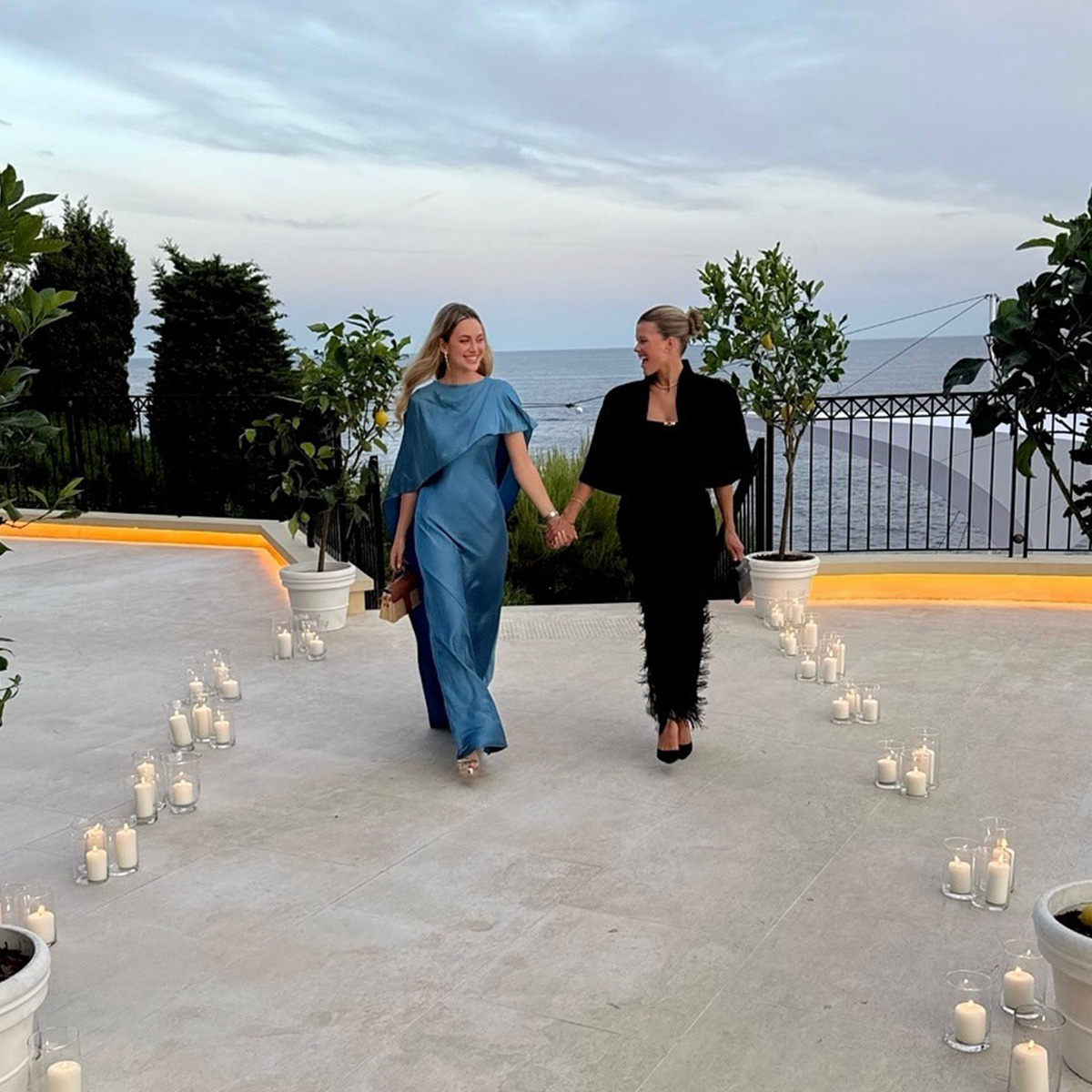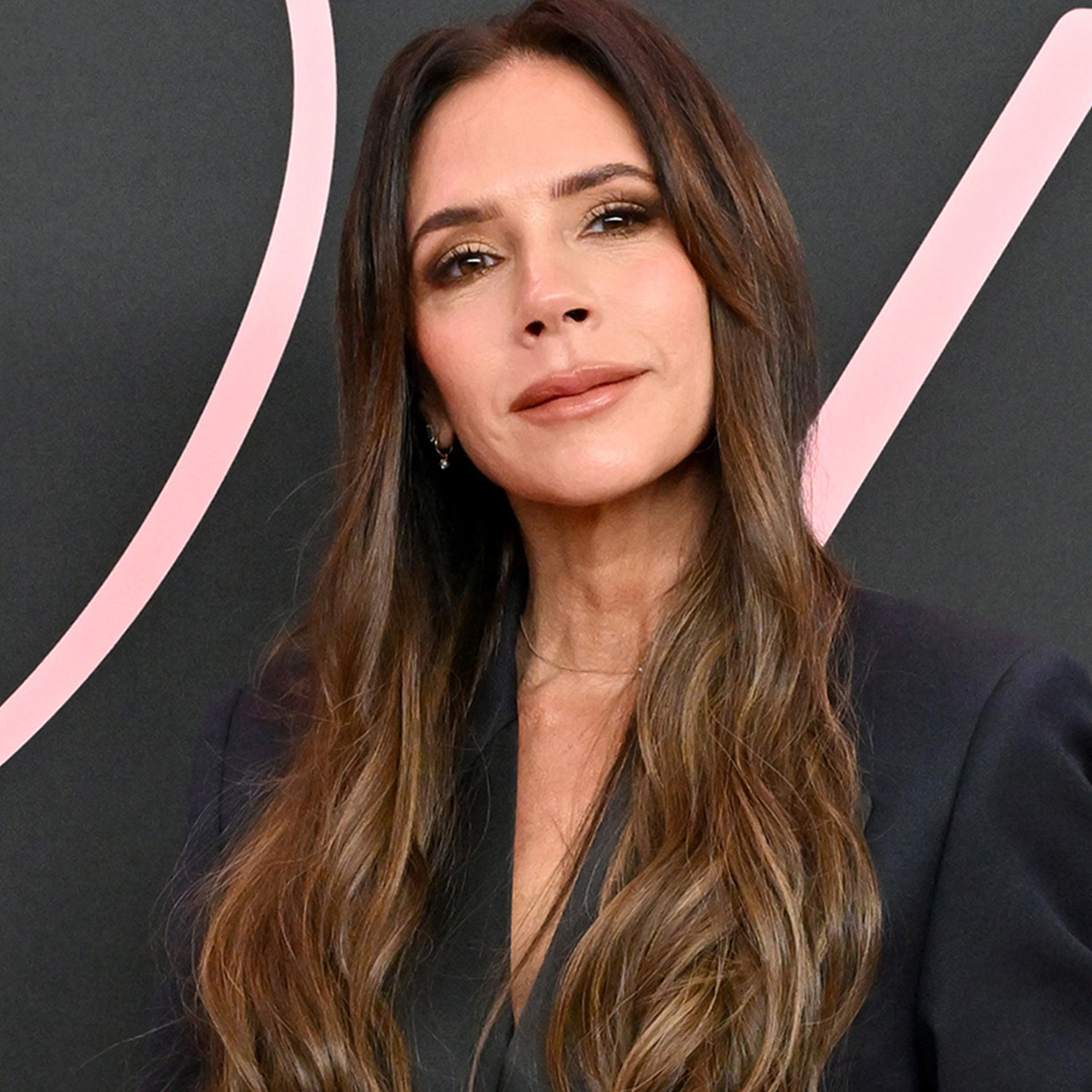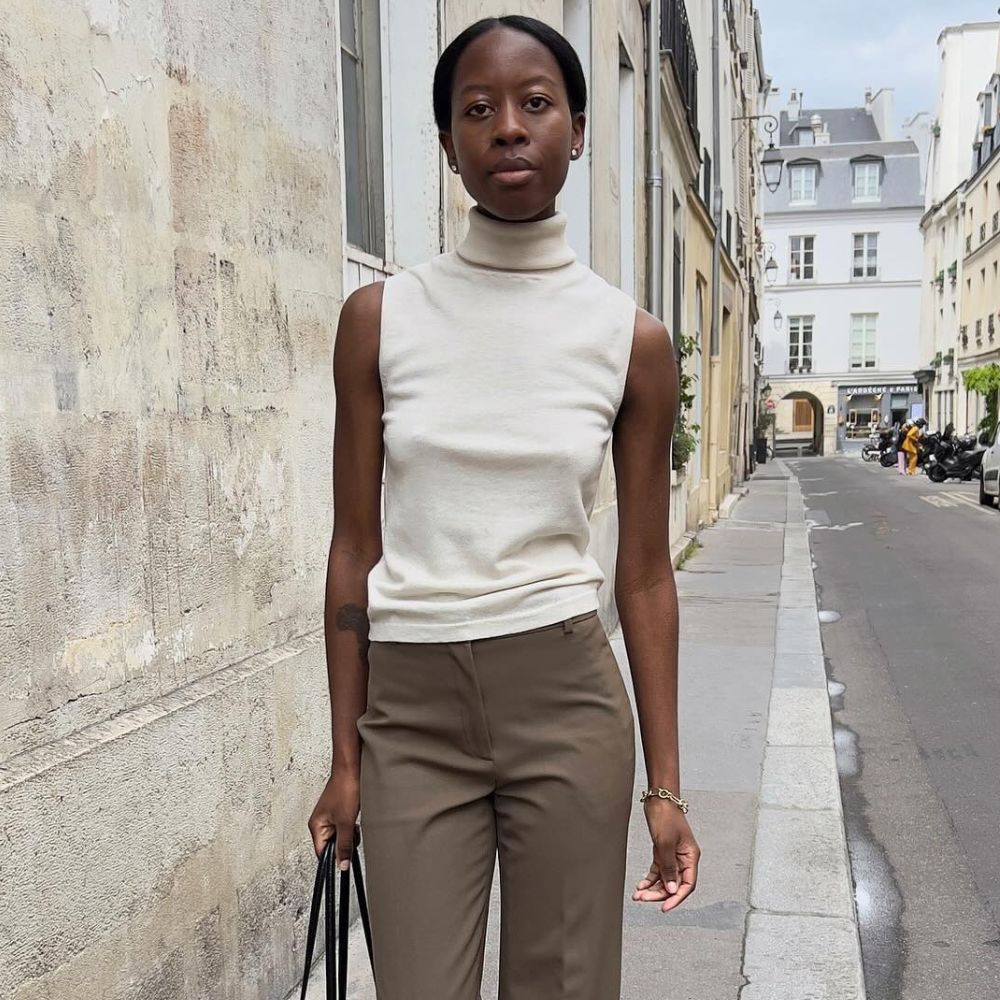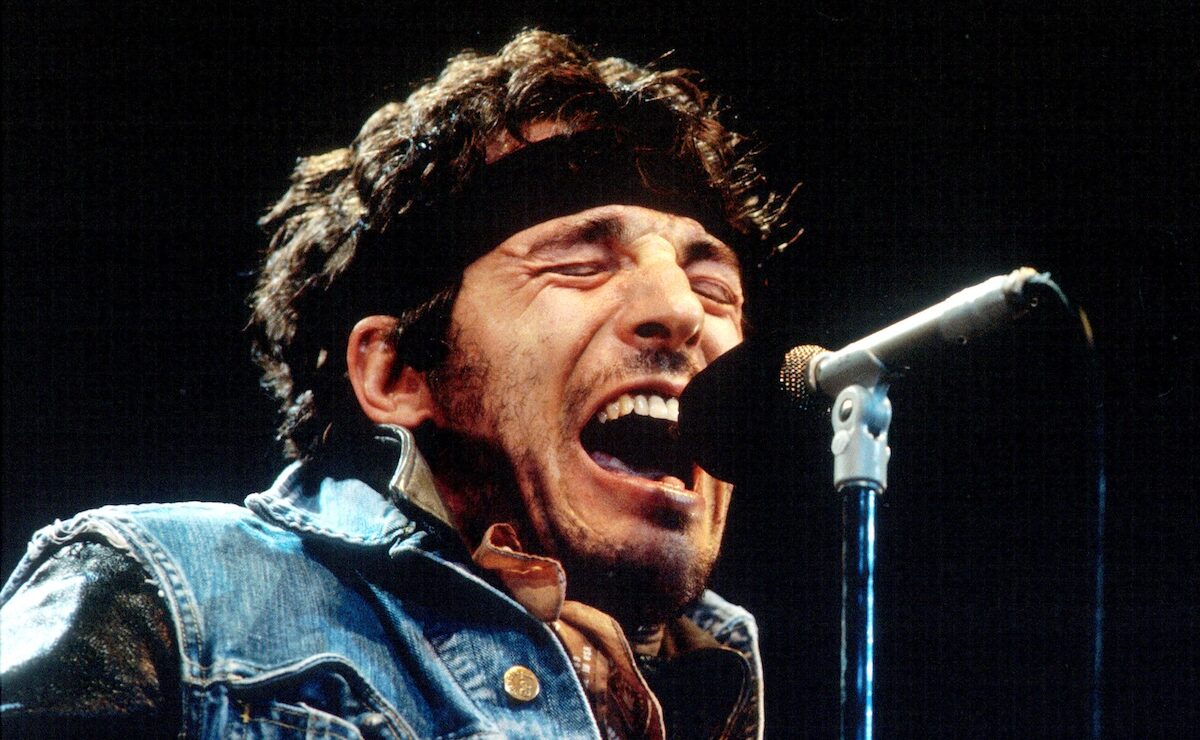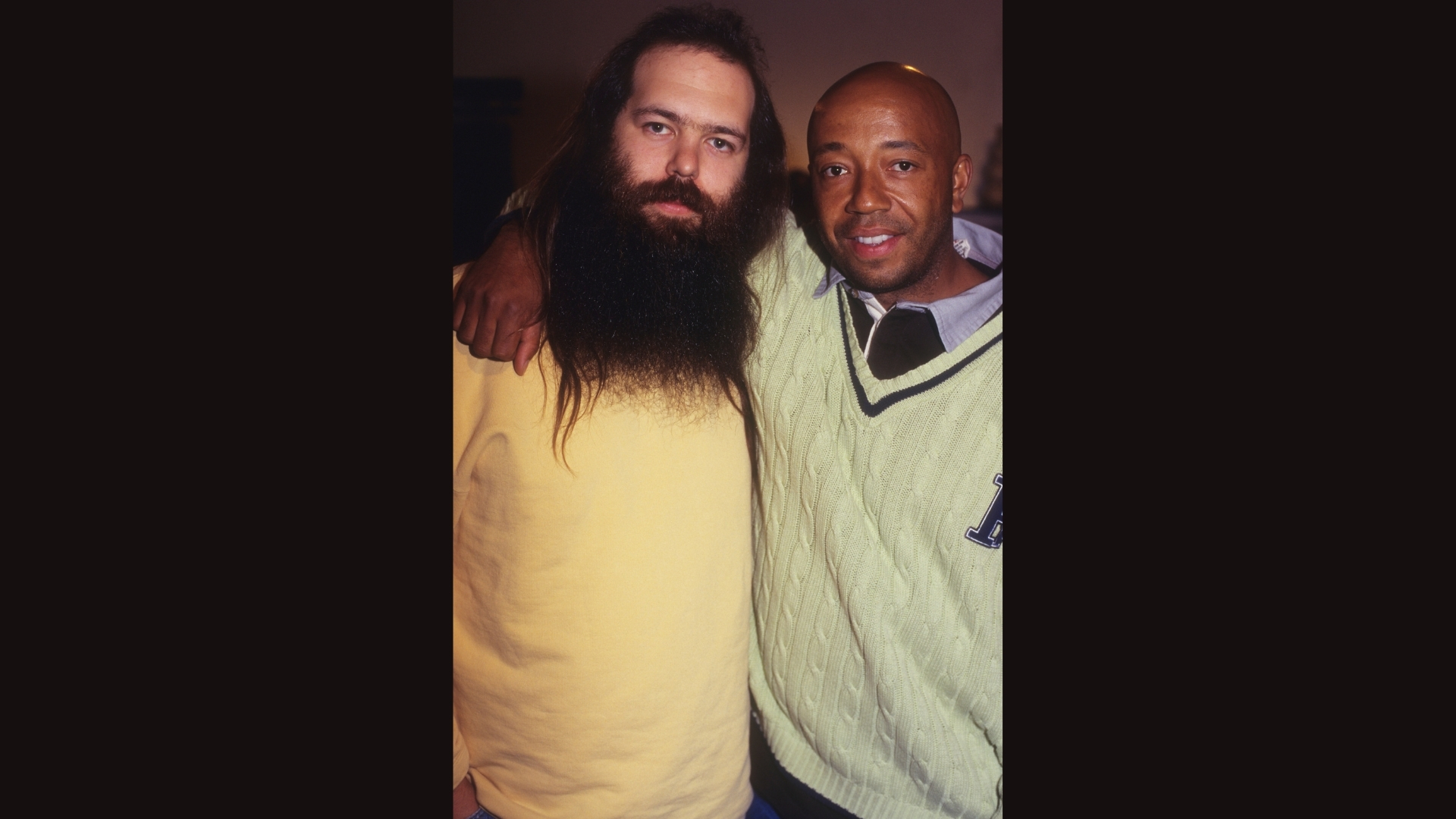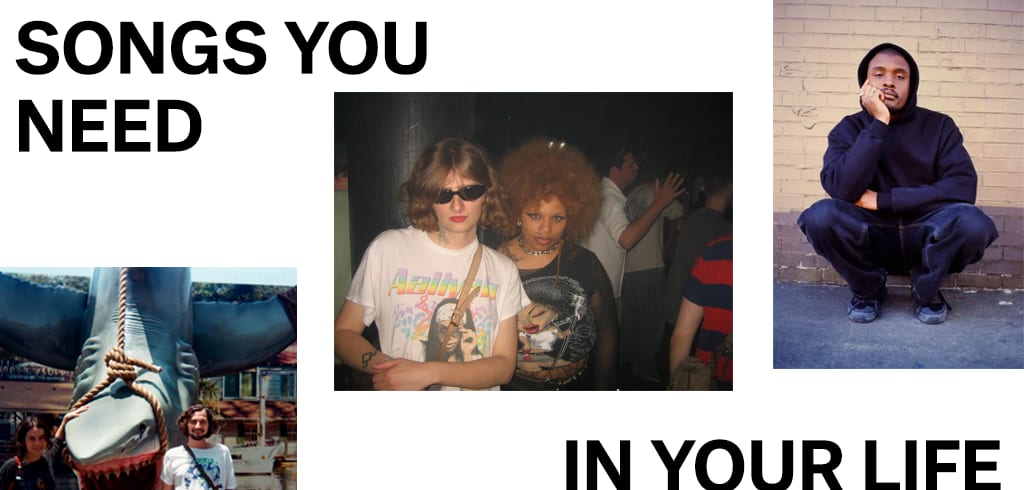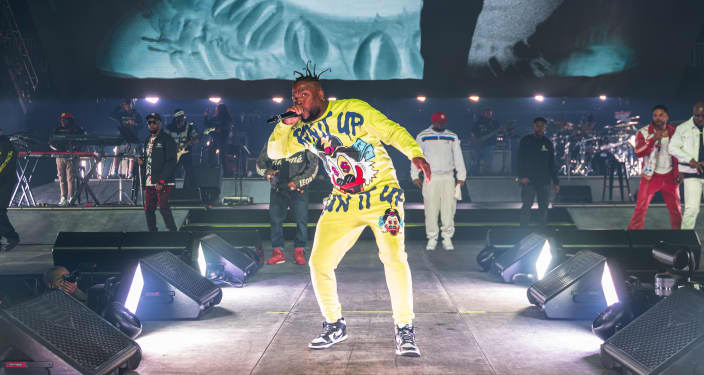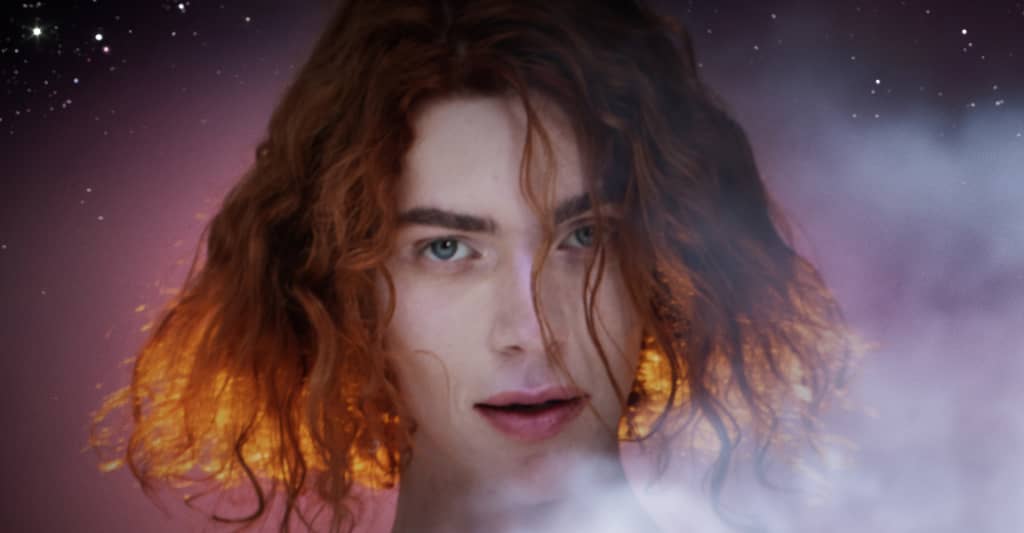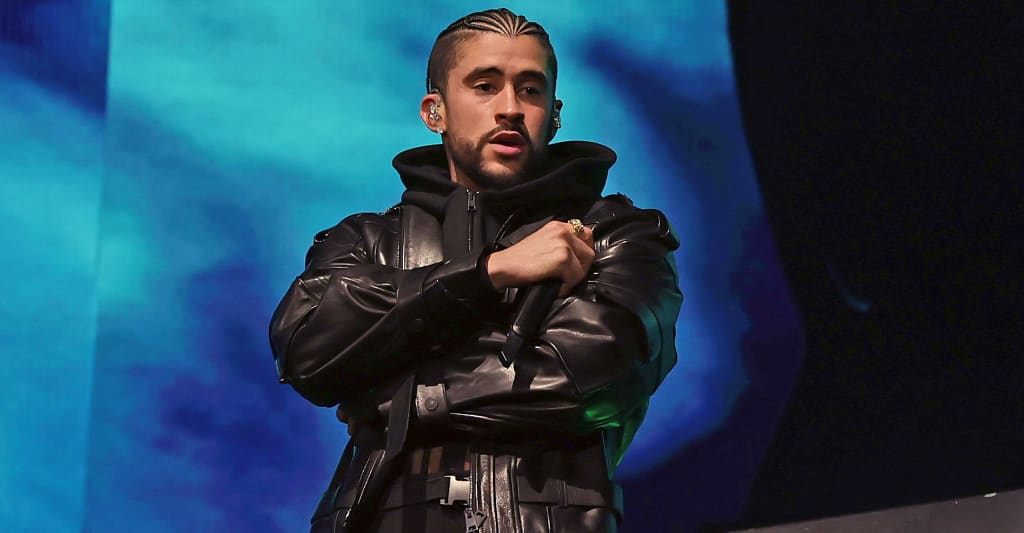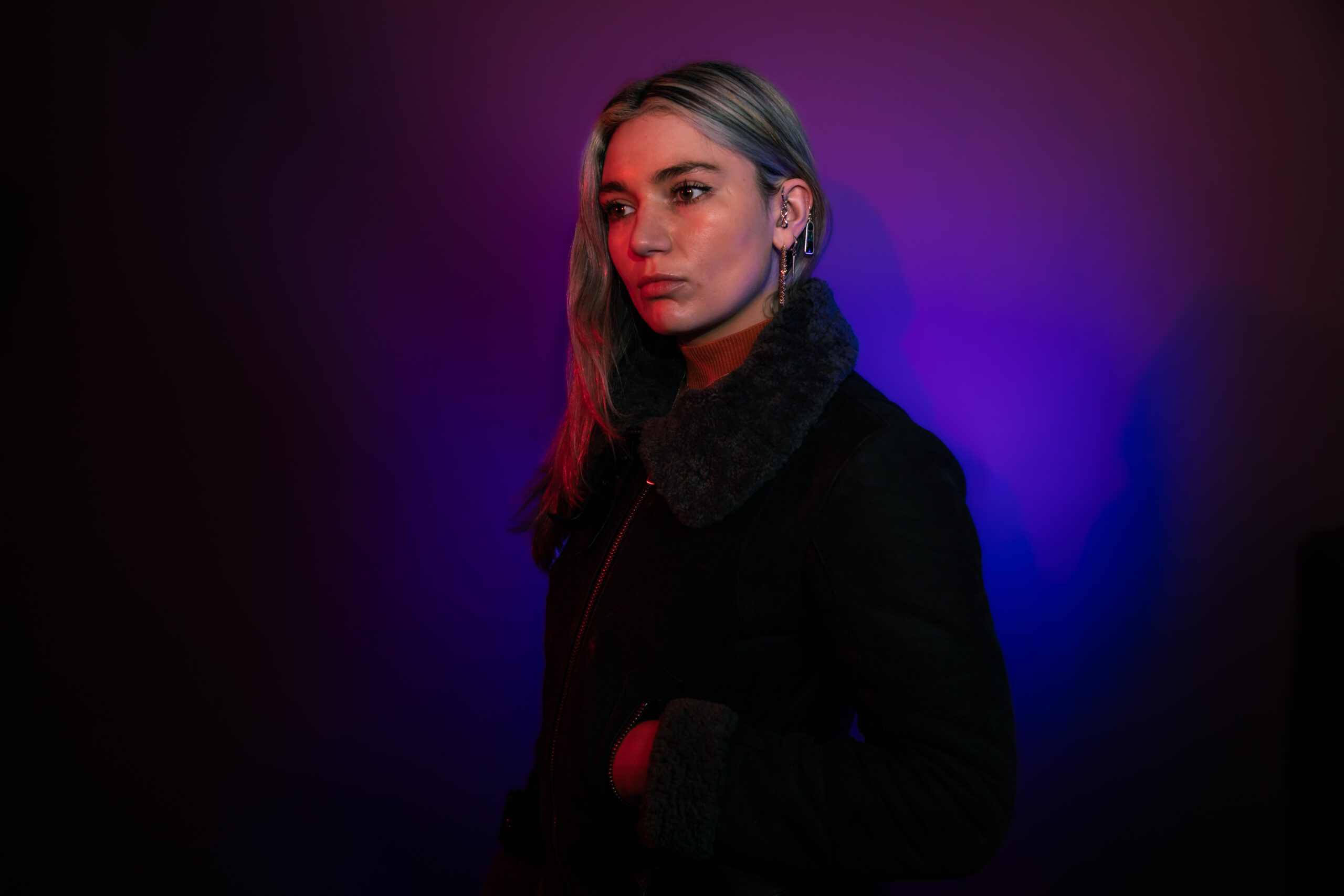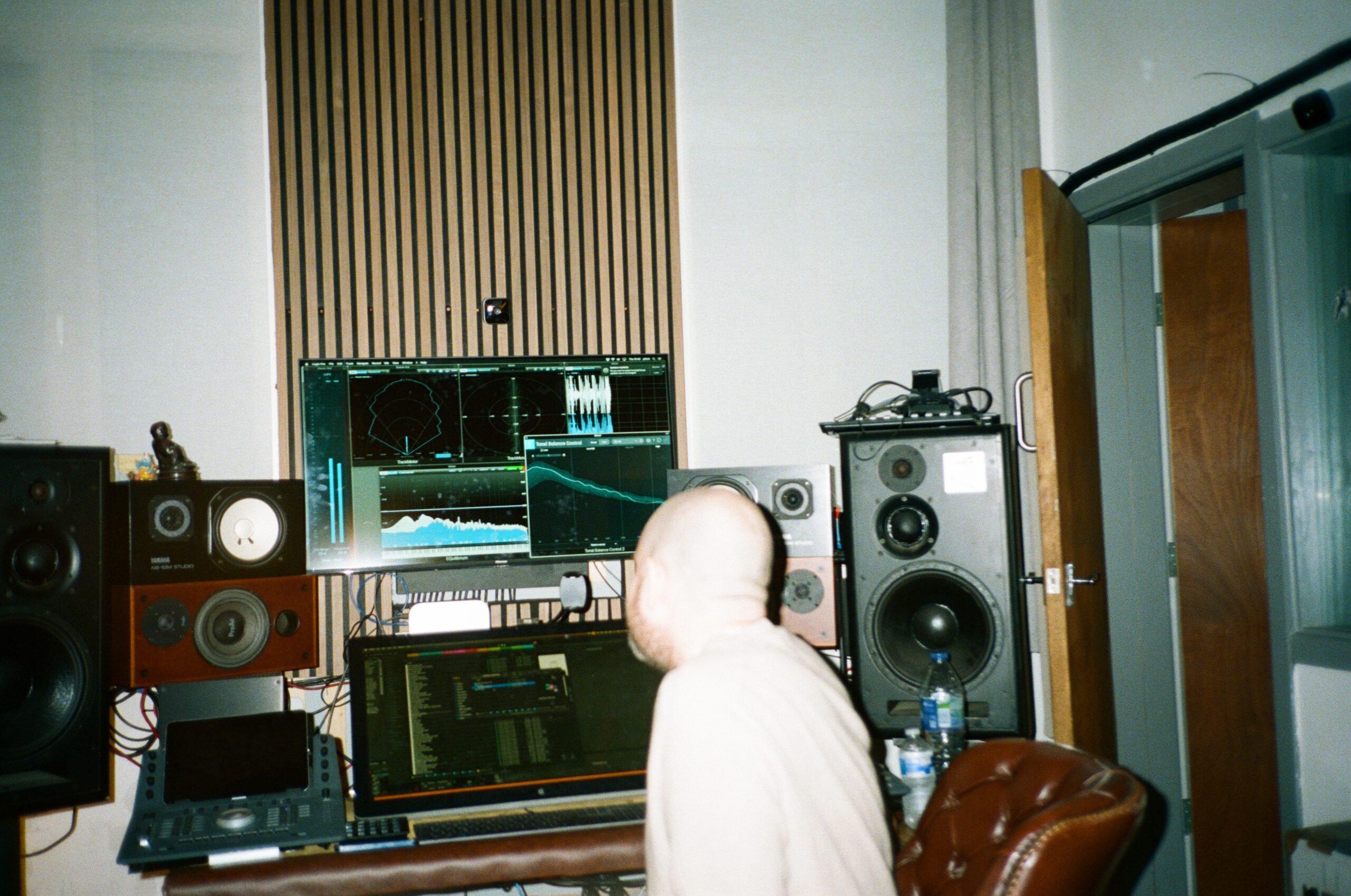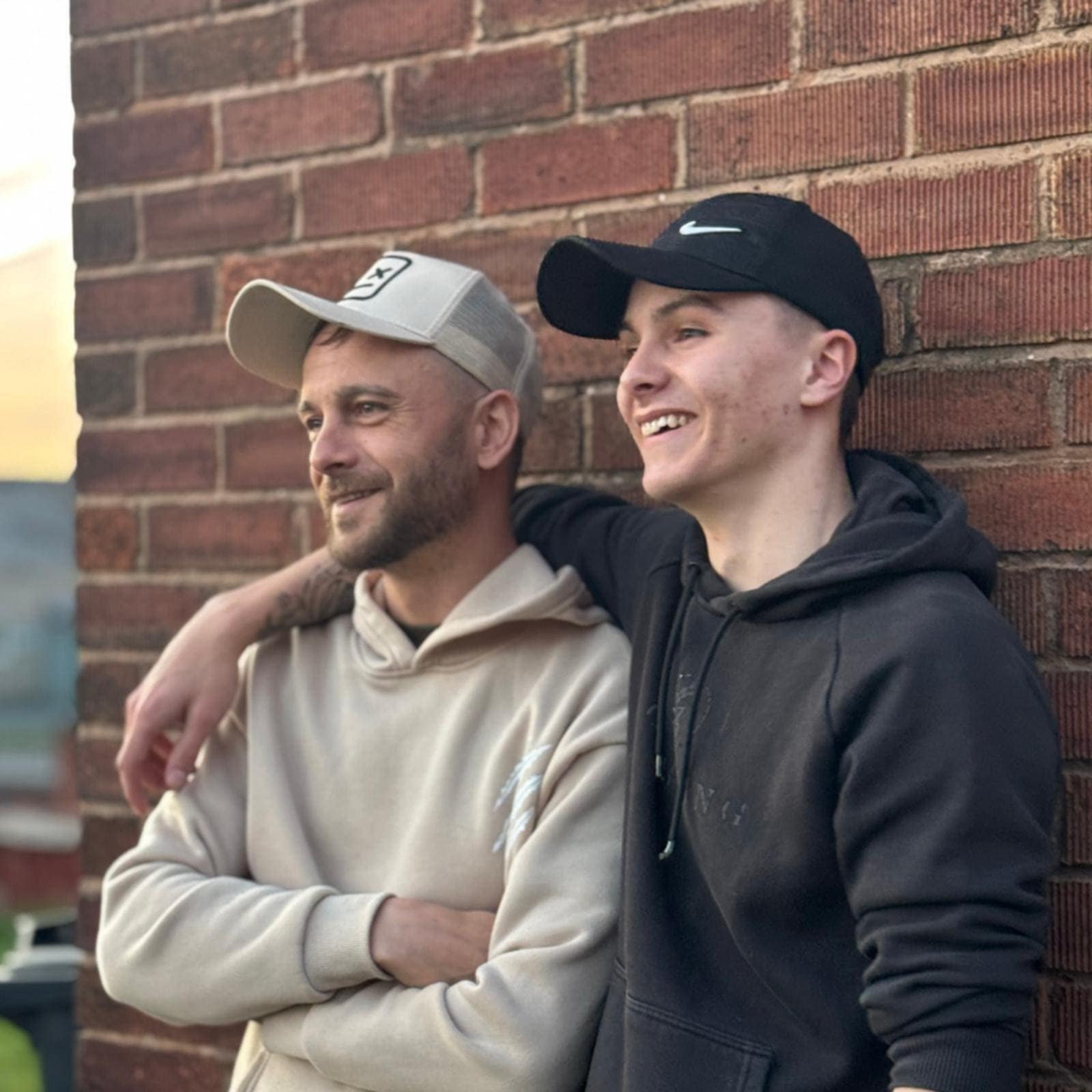28 Years Later Represents Danny Boyle and Alex Garland’s Fear of Social Regression
Like the title suggests, 28 Years Later takes place a little under three decades after the events of 28 Days Later, a film where the modern world ended in a bloodcurdling scream. Yet when we catch up with director Danny Boyle and screenwriter Alex Garland’s vision of a post-apocalyptic UK, it doesn’t look like a […] The post 28 Years Later Represents Danny Boyle and Alex Garland’s Fear of Social Regression appeared first on Den of Geek.

Like the title suggests, 28 Years Later takes place a little under three decades after the events of 28 Days Later, a film where the modern world ended in a bloodcurdling scream. Yet when we catch up with director Danny Boyle and screenwriter Alex Garland’s vision of a post-apocalyptic UK, it doesn’t look like a grim future so much as a version of our past. Peasants toil in the field; children are taught only enough reading and writing so as to help them become farmers, bakers, or warriors with a bow and arrow; and at the pub, these Brits even look longingly at a portrait of Queen Elizabeth II while the rest of the world on continental Europe passes them by.
When getting the chance to talk with Garland and Boyle about the film, the metaphor for this in a post-COVID, post-Brexit context seems hardly coincidental.
“I was born in 1970,” Garland says. “I think for a lot of my life, it felt like one lived in a progressive state, which is to say a state of looking forwards to how the world will be more equitable and more fair. But in the last 10 to 15 years, and I mean this in a literal way, it’s become more regressive. There’s a lot of looking to the past, and it’s a version of the past that has some component elements in it. One of them is amnesia, which is simply forgetting or omitting some elements of what the past is really like… It will cherry pick, it’s selective in what it chooses to remember, and it also misremembers.”
In 28 Years Later this is literalized by one of the central characters of the film, Jodie Comer’s Isla, a wife and mother to Jamie (Aaron Taylor-Johnson) and Spike (Alfie Williams). Isla suffers from an unknown illness that leaves her forgetful. It’s also an illness that Comer drew some from her own life on.
“I’ve definitely seen family members who were close to me in real states of confusion during an illness,” Comer tells us, “and the kind of lucid state or hallucinating [where they] revert back to an old memory and this kind of childlike energy comes back. So there were certain aspects I could draw from.” However, Comer again points to the creative impetus that was driving both Boyle and Garland.
Says the Olivier-winning actress, “It was wonderful to have Alex in the rehearsal room and ask him where the inspiration for Isla came from, and what he was wanting from her throughout the story. It became important to map out that illness.”
And that map seems, at least partially, inspired by a present that looks longingly to an era when leaving your hometown was considered socially verboten. Garland also admits that this aspect of 28 Years Later is in conversation with his recent works like Civil War or the limited series he wrote where Silicon Valley cultists replace God with their own AI deity, Devs.
“Certainly the last few films I’ve worked on have been preoccupied by a sense of amnesia of lessons that felt impossible to unlearn following, say, the Second World War,” Garland explains. “The way the world saw itself, and configured itself and what it perceived something like democracy to be or represent, all of that’s been blown apart, whether it’s an understanding of what war is like, whether it’s an understanding of what democracy is, or any of those sorts of things. I’ve been preoccupied by this for a while now, so this is sort of a continuing look at that.”
It’s tempting to wonder, then, if he and Boyle ever time-jumped again to, say, 28 Decades Later, whether we might see their zombie-ified UK build a new aristocracy with kings and queens. Intriguingly, the writer suggests we may not have to wait so long.
“I’d say, let’s see if we ever get to make three movies, because it would essentially address that,” Garland teases. “If you take technology away, where do people look and what is it they choose to remember, and how do they configure themselves? So it’s kind of a background note rather than the whole scheme, but by the end of the second film, the scheme starts to get more stated.”
With that said, 28 Years Later is itself a bit of a throwback with the film recapturing some of the frantic editing and narrative propulsion that were hallmarks of Boyle’s films at the turn of the century, from the O.G. 28 Days Later to Trainspotting and Shallow Grave. The director acknowledges, too, that 28 Years Later partially seeks to recapture that zeal.
“We wanted to acknowledge the visceral storytelling in the first film, the visual look of that, but updated really because the technology is updated,” Boyle says. Which again meant for a movie that plays with some of the hyper-modernization of the seminal 2002 horror movie, yet also reconfigures itself for a more bucolic and medieval vision of the world.
“We did it through a very widescreen format, the 2.76:1 format,” Boyle continues, “which is a beautiful landscape to look at nature, because our study was not going to be a deserted city; it was going to be how nature has returned. And that nature is beautiful to look at, so it’s shot beautifully. You have that sensual, beautiful appeal, a wonderful ingredient to have in any horror movie. It counterpoints the horror, if you like, but it also leads you to look at nature itself. What has happened to these people? How have they survived? And also the virus has evolved, and it is nature as well. It also responds to time passing—hence the different levels of infected you see.”
For the stars, it is a storied legacy to be a part of, especially for Taylor-Johnson who remembers seeing 28 Days Later back when he was about 12 years old.
“I was making films when I was 10,” says Taylor-Johnson, “so I definitely remember what the impact was like when that movie was made in British cinema, and seeing the visuals of Cillian Murphy walking down the streets of deserted London. That was just mind blowing at the time.” But in 28 Years Later, he plays a father who grew up deathly afraid of cities and population centers. Hence why his character has attempted to spread such dread for the world beyond their small community to his son.
“I am a parent, I’ve got four daughters,” Taylor-Johnson notes, “so I definitely came to this character with this paternal love in mind, but also to try and imagine what it must be like to raise kids in this post-apocalyptic world and feel like you want to teach them how to survive. So you put a lot of pressure on them, but then are you putting too much on them, projecting too much of your own fear? It’s always that interesting balance when you’re a parent.” And the balance between the past and present are taken to fatalistic extremes when a son’s rite of passage into manhood involves going onto the mainland and hunting “infected.”
What that means for their community will become clear when 28 Weeks Later opens on Friday, June 20.
The post 28 Years Later Represents Danny Boyle and Alex Garland’s Fear of Social Regression appeared first on Den of Geek.




![‘The Descent’ Official Novelization Coming Soon from Titan Books; Read First Chapter Now [Exclusive]](https://bloody-disgusting.com/wp-content/uploads/2020/04/descent-shauna-2.jpg)

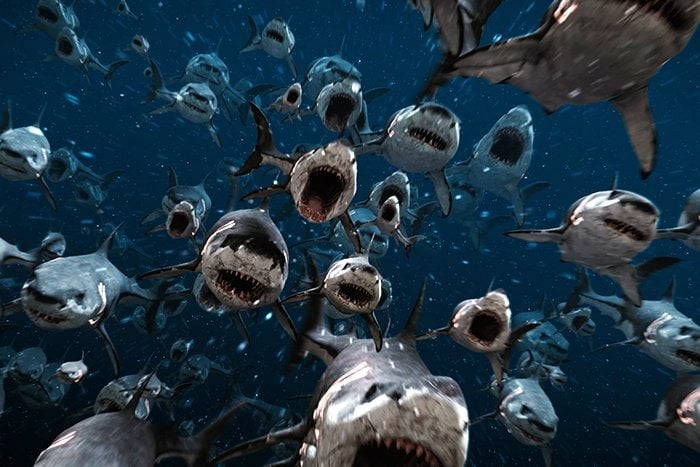













































![No Stars: A Must-See [THE PLOT AGAINST HARRY]](http://www.jonathanrosenbaum.net/wp-content/uploads/1990/03/ThePlotAgainstHarry-300x168.jpg)
![The Nasty Woody [ANYTHING ELSE]](https://jonathanrosenbaum.net/wp-content/uploads/2011/04/anything-else.gif)
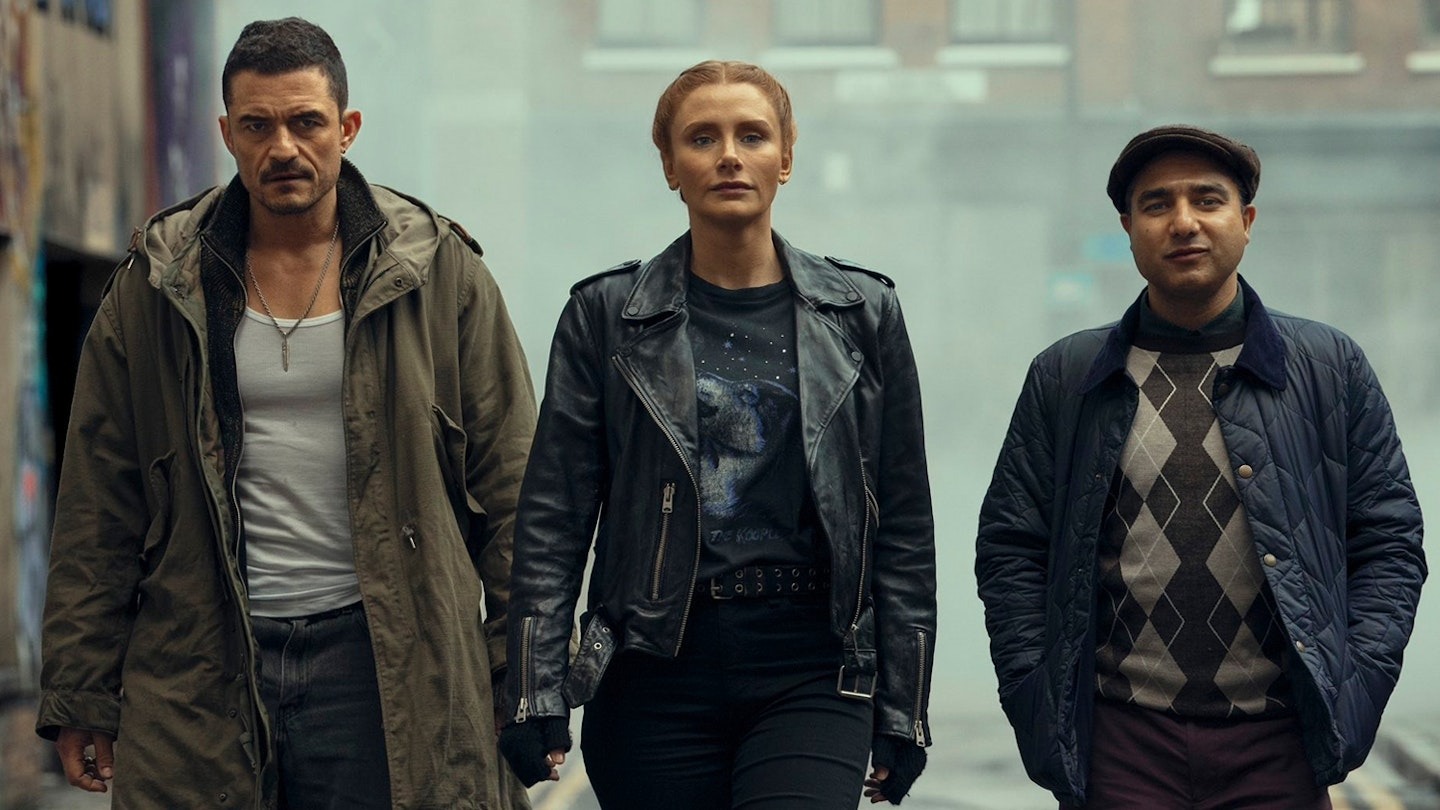
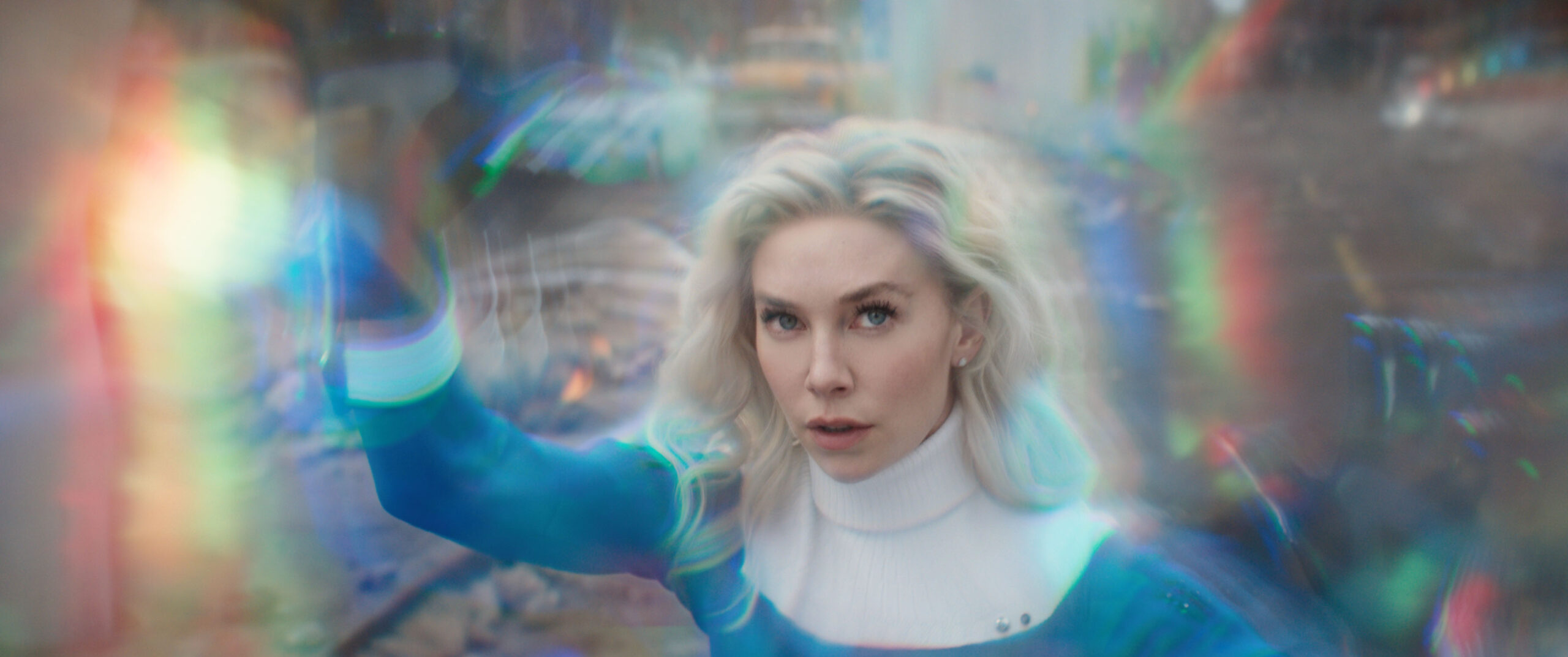
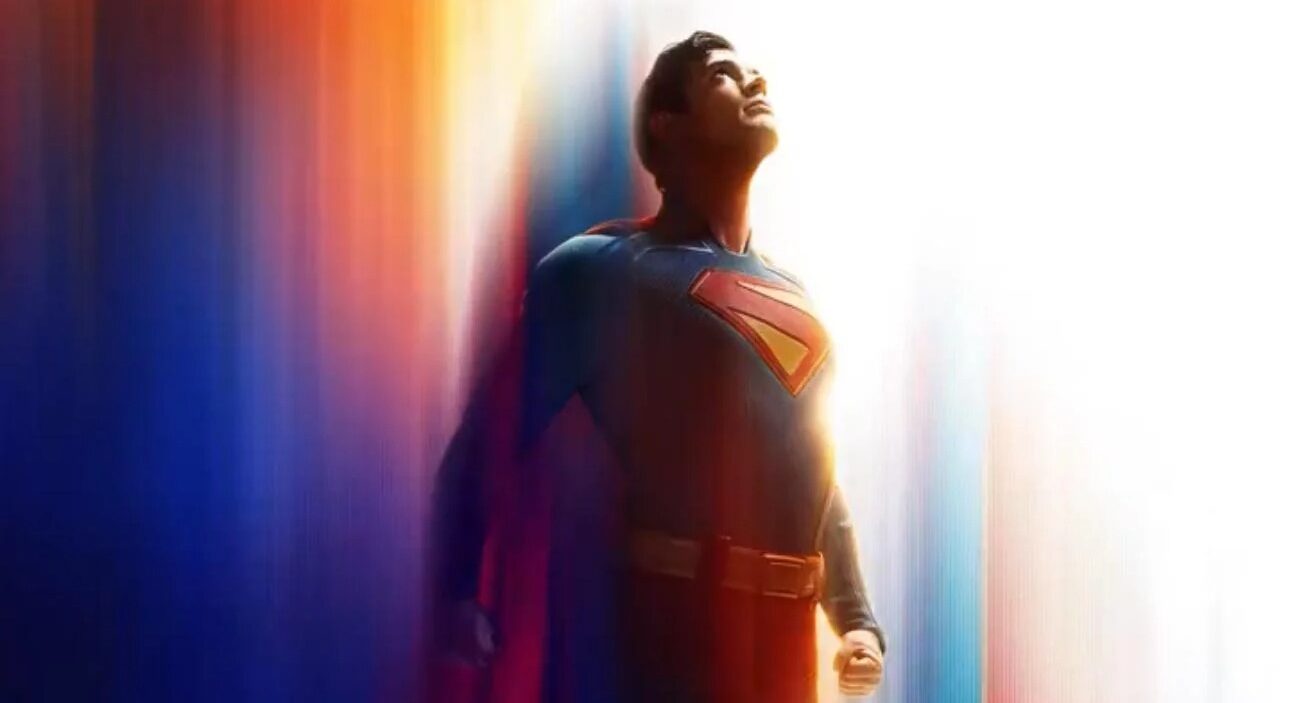












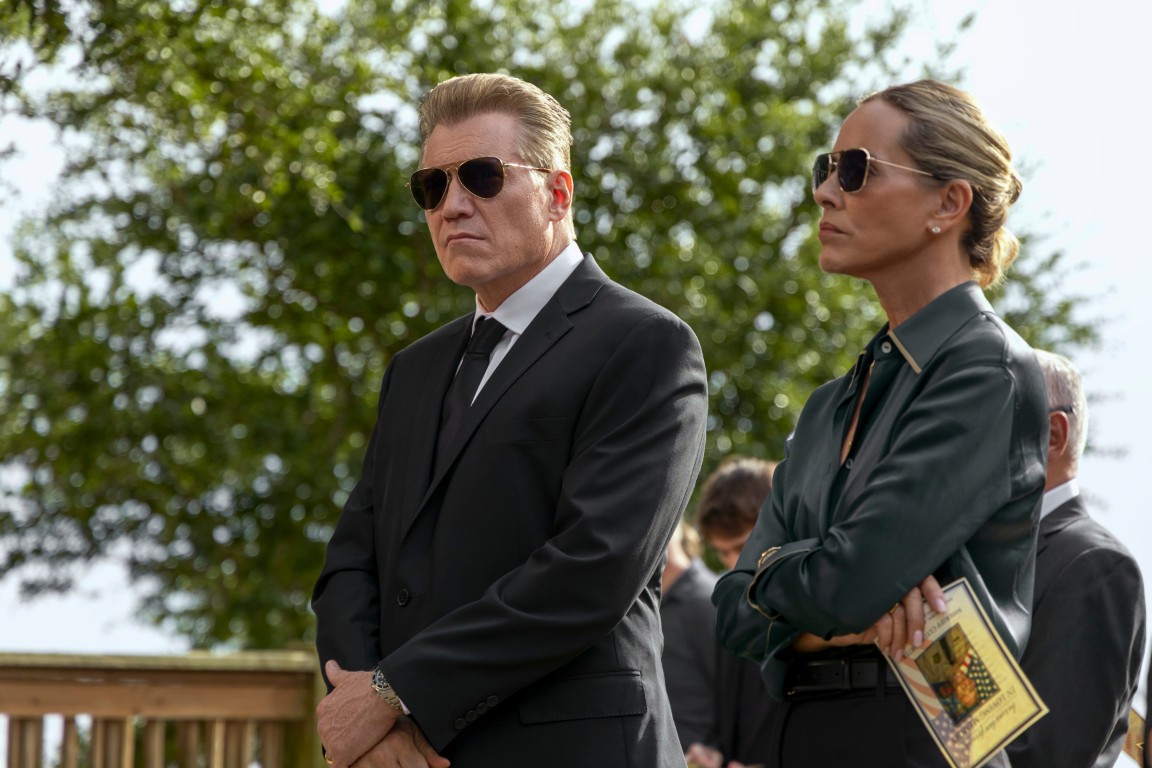
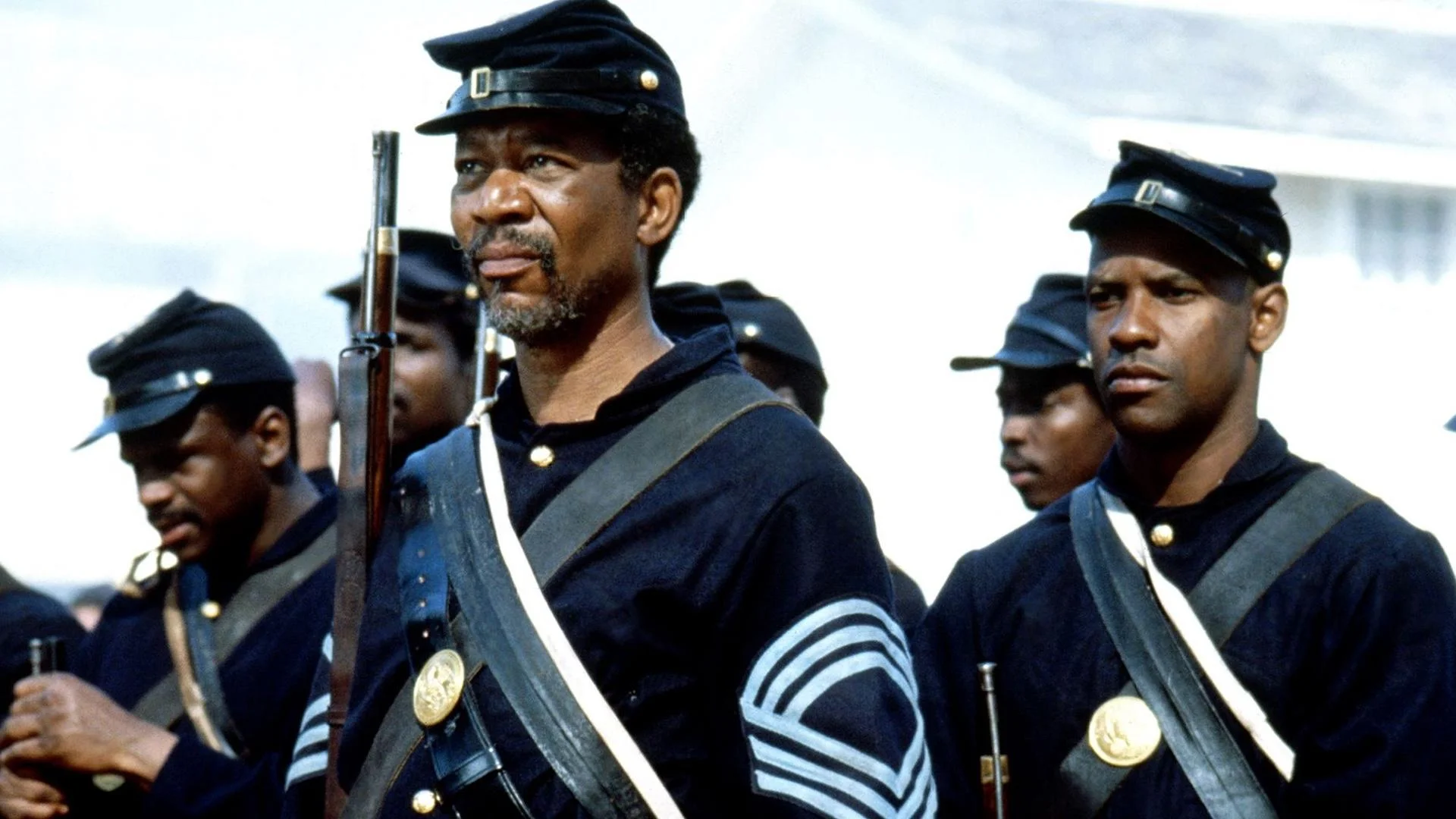
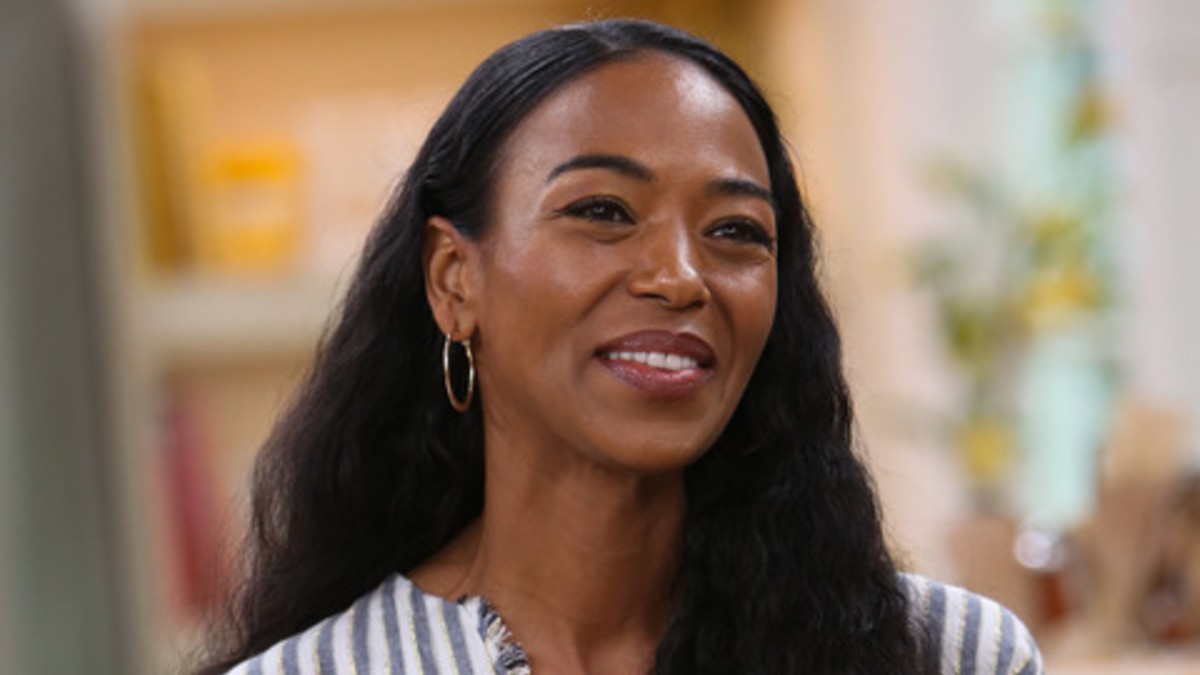
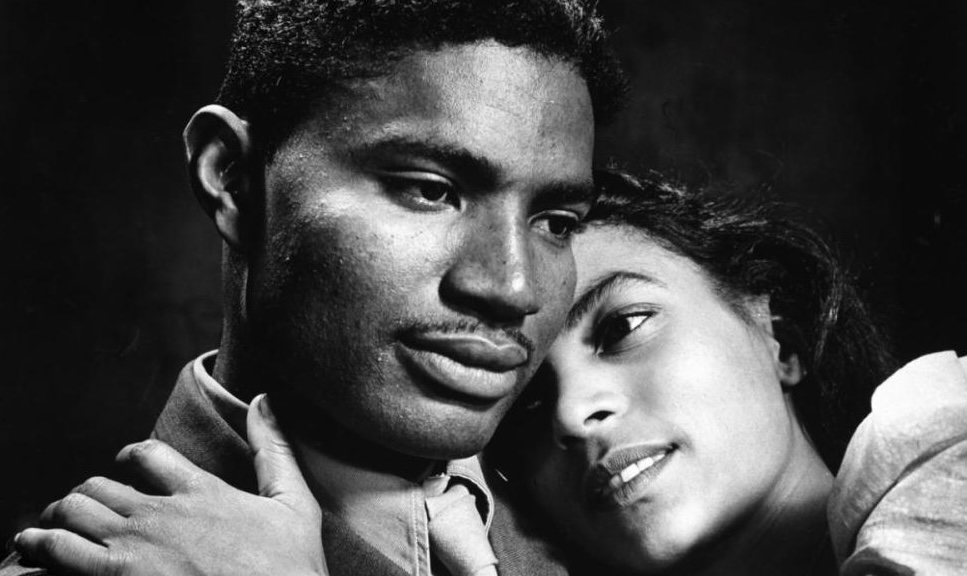




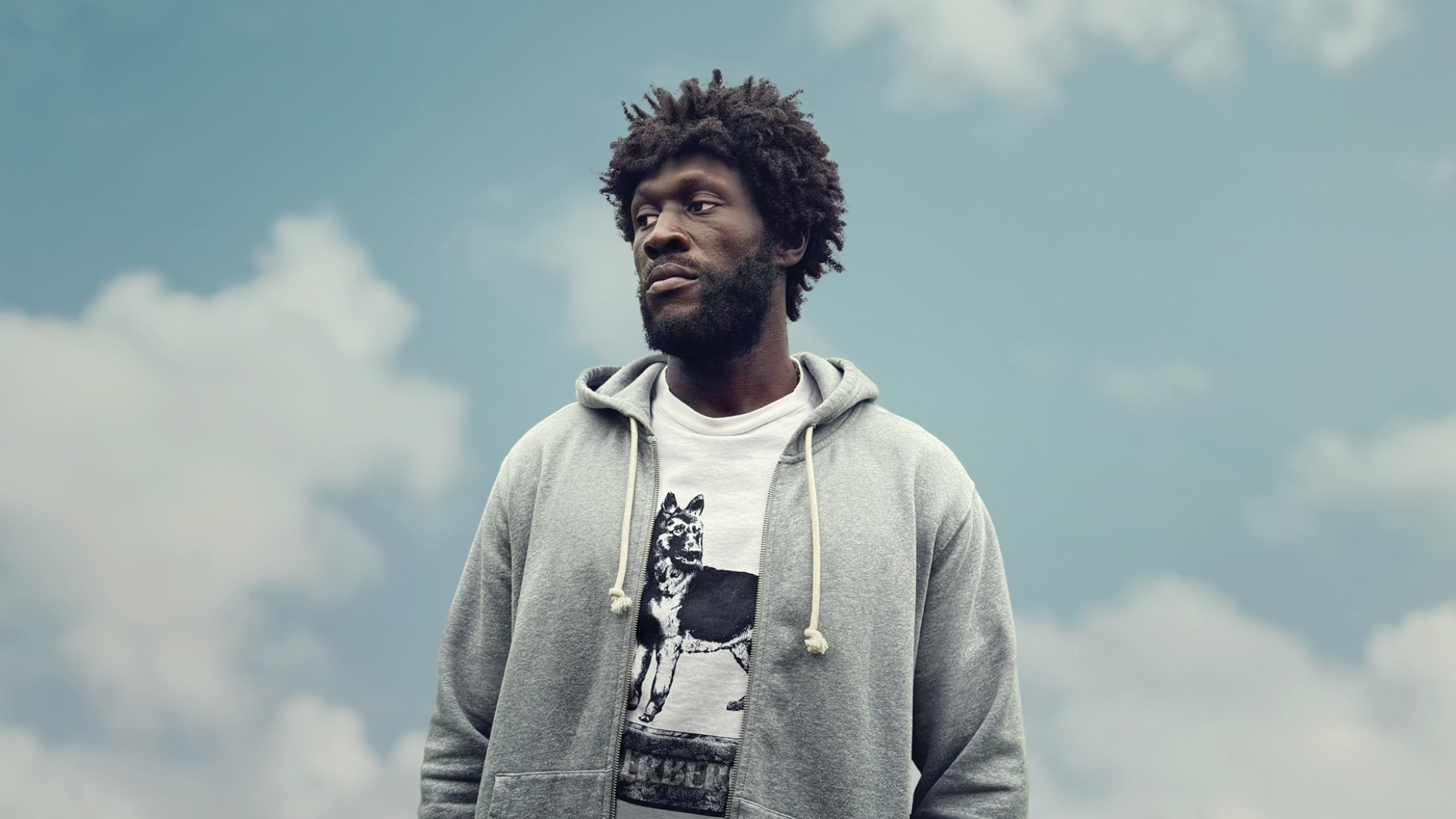
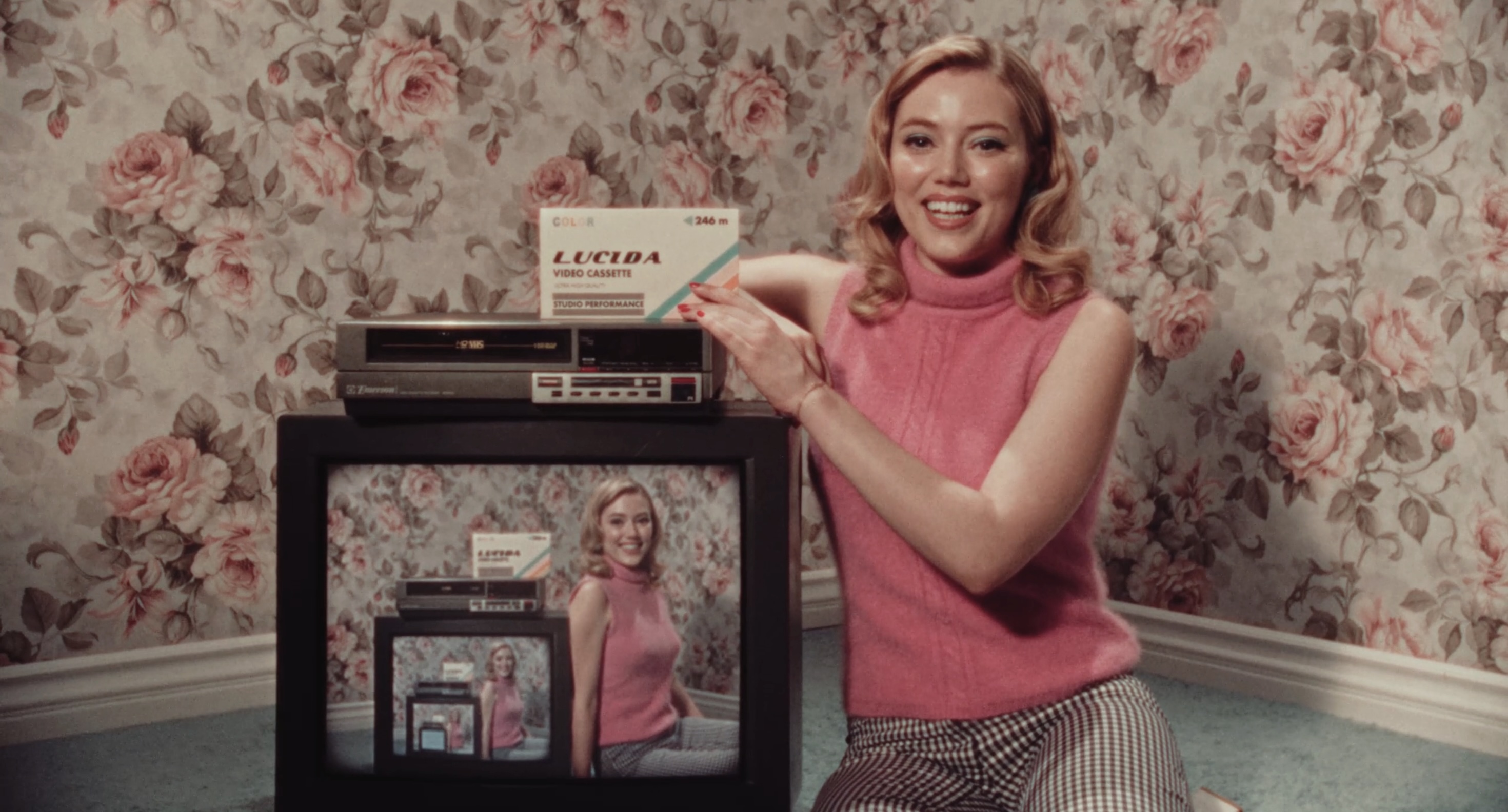

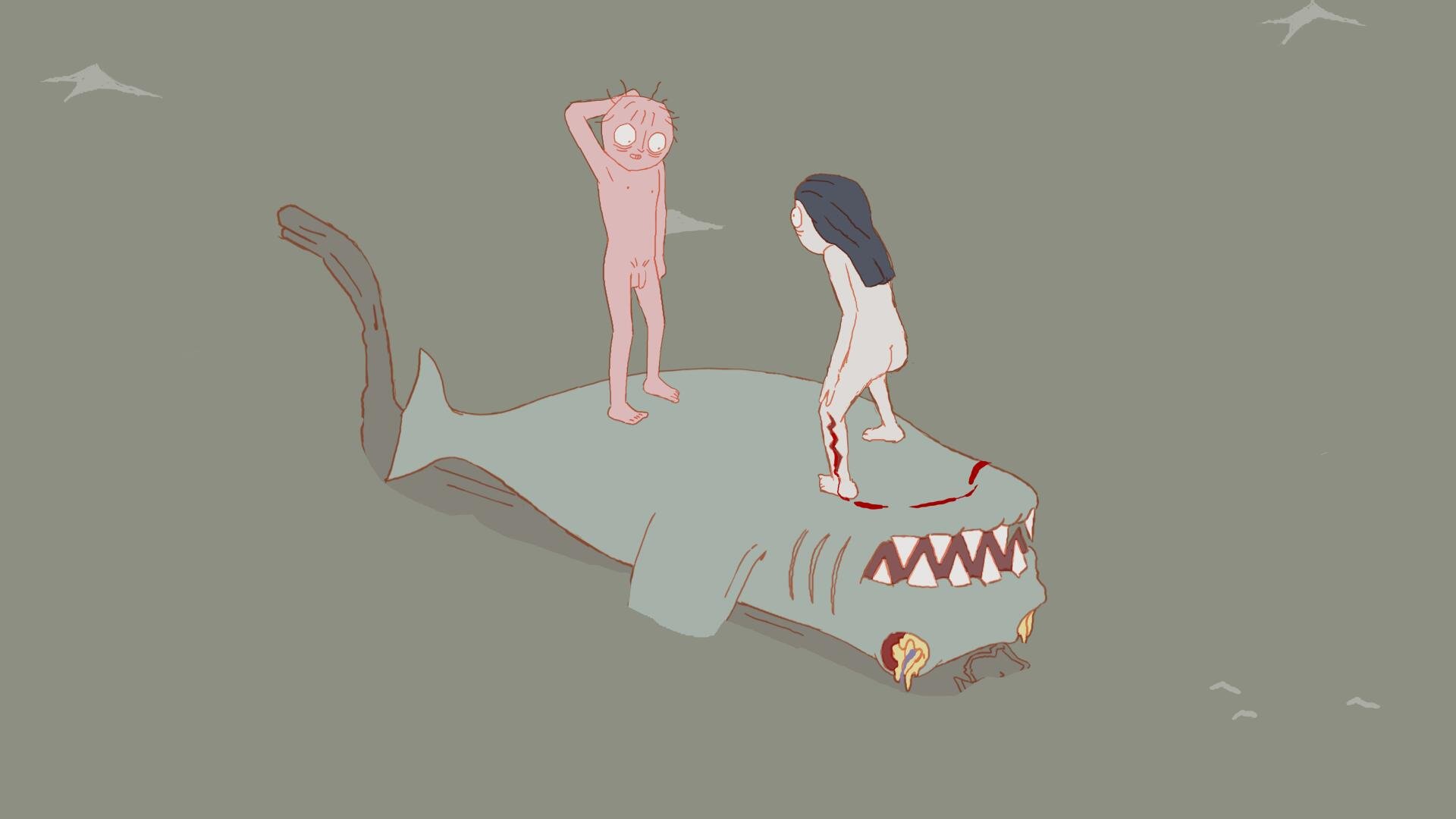
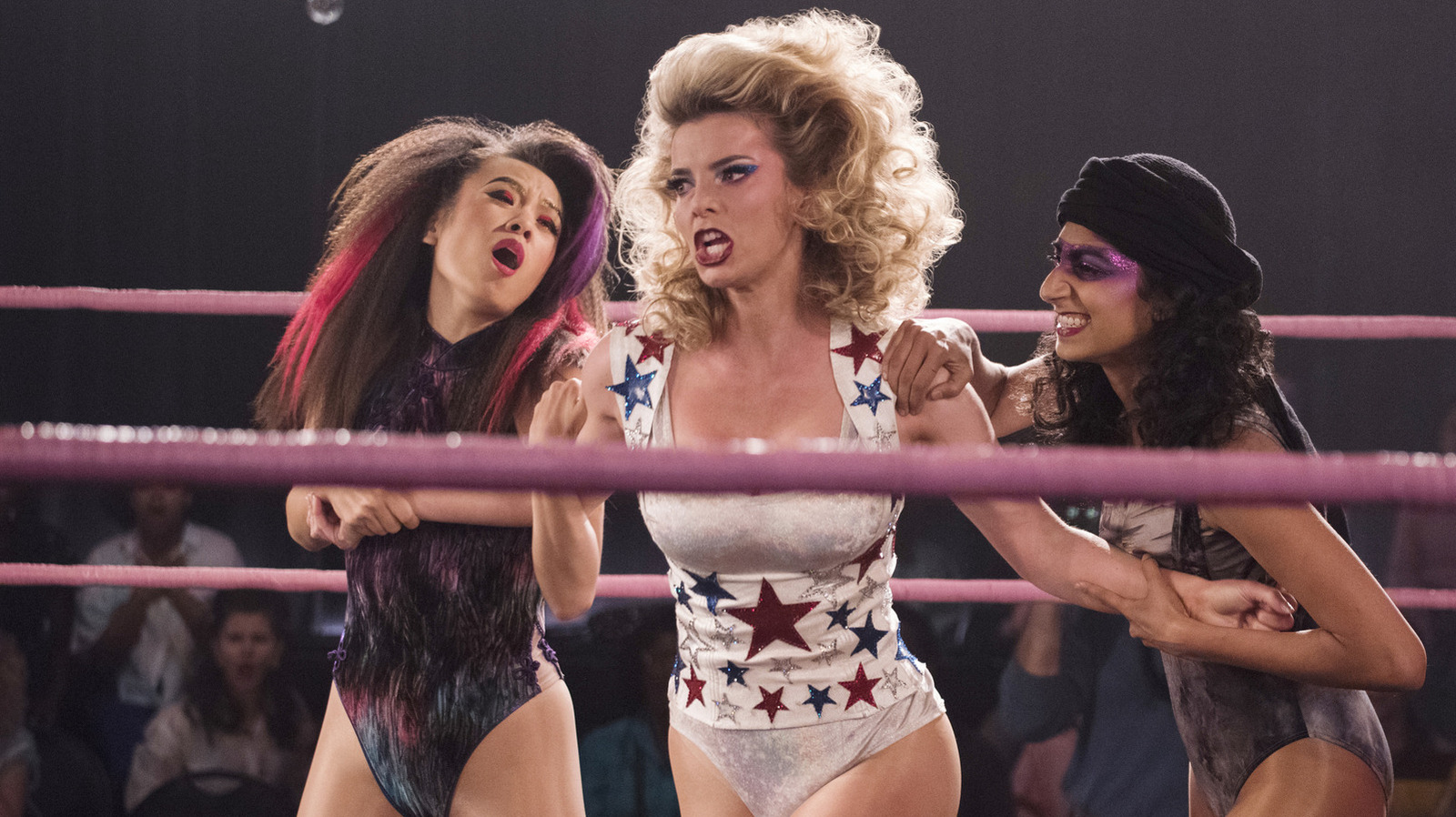
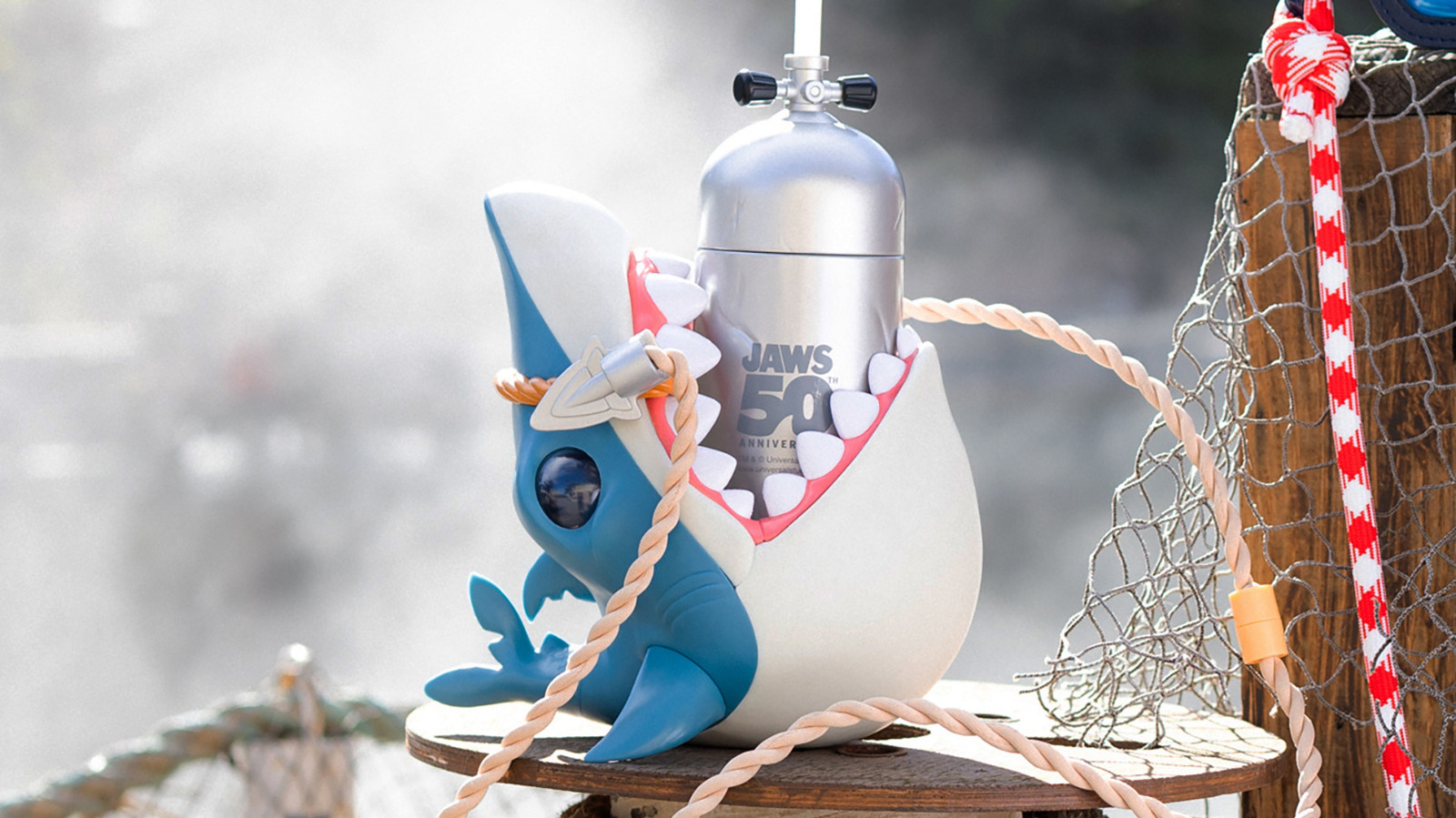
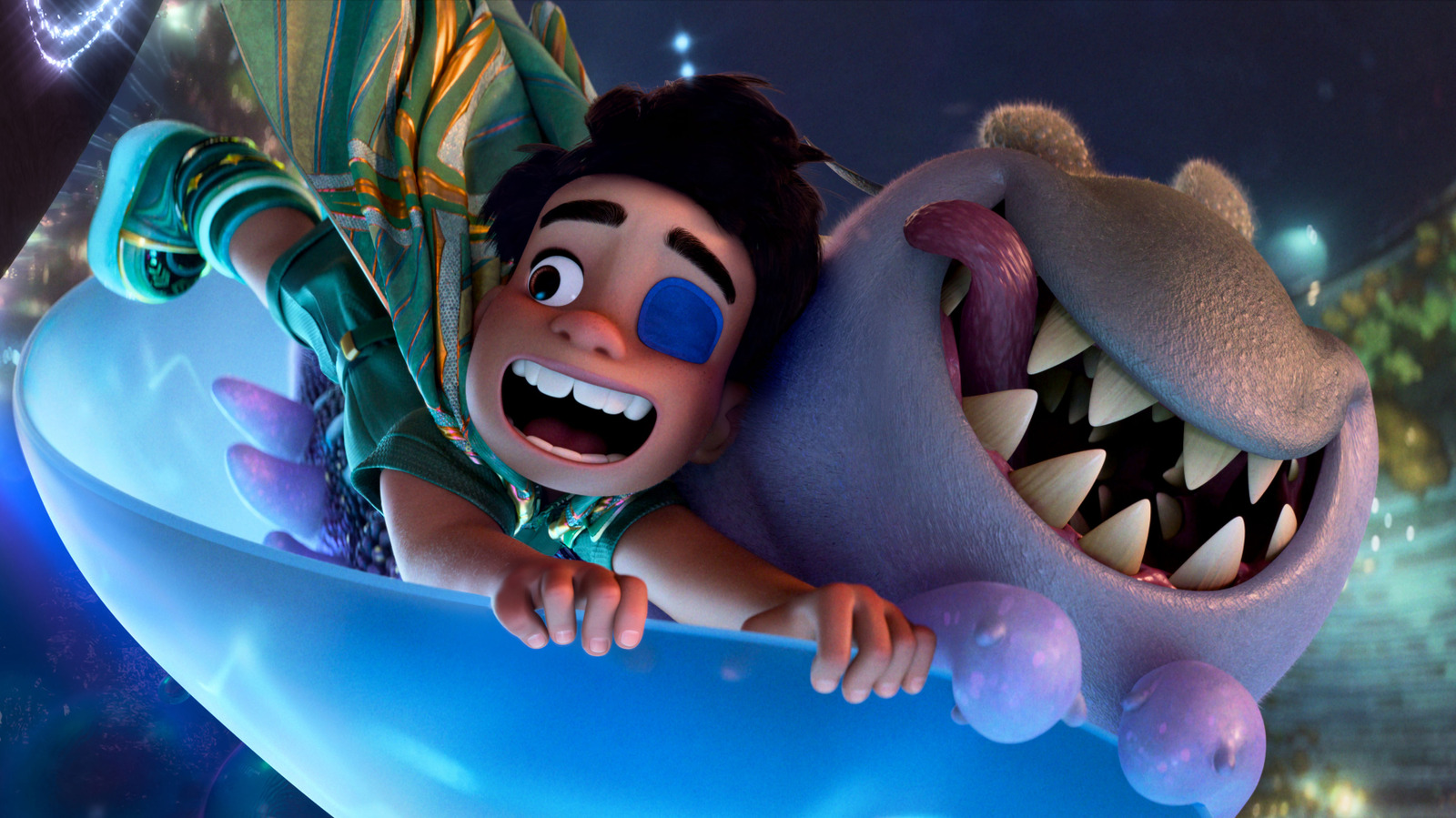




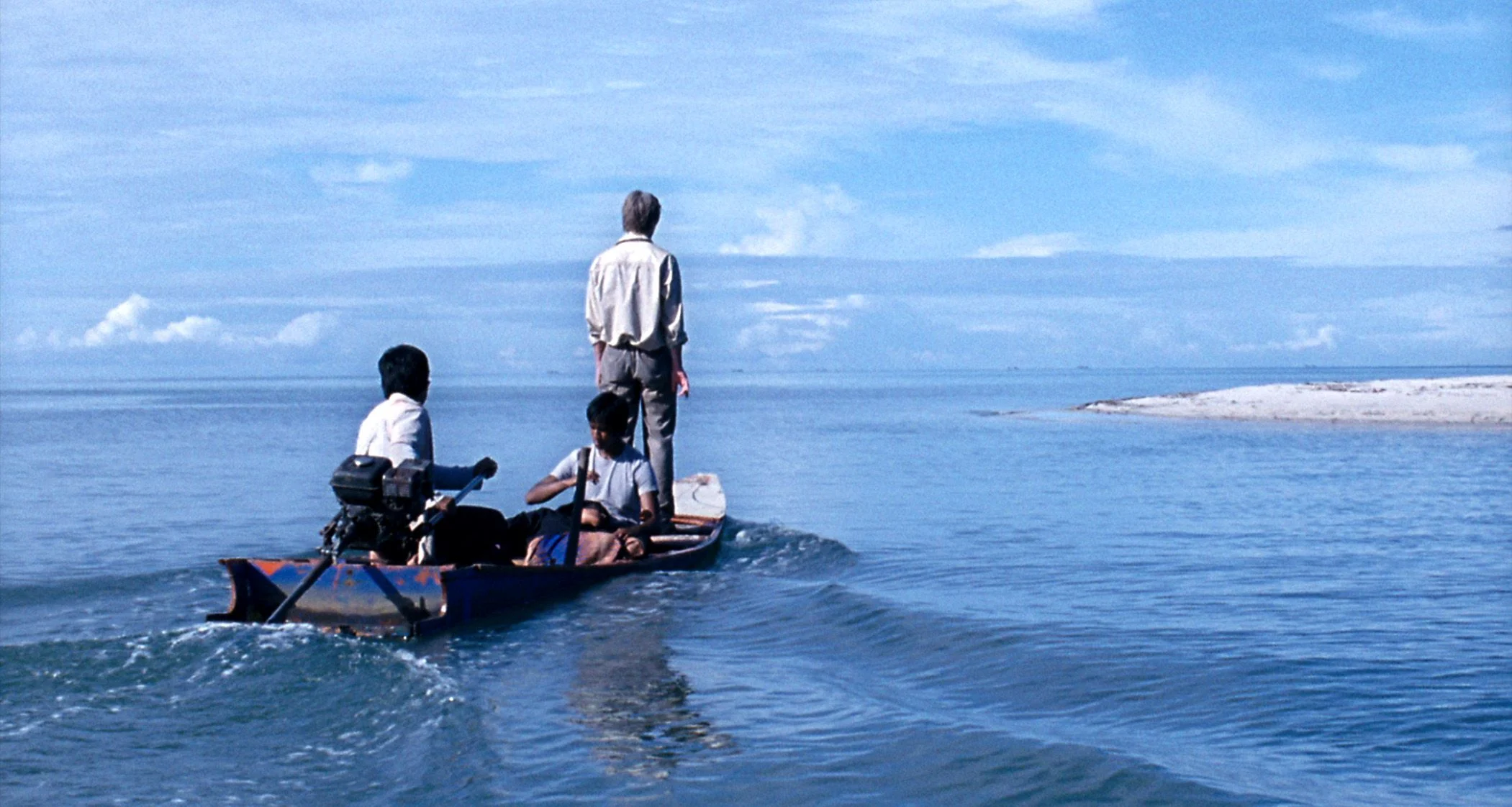

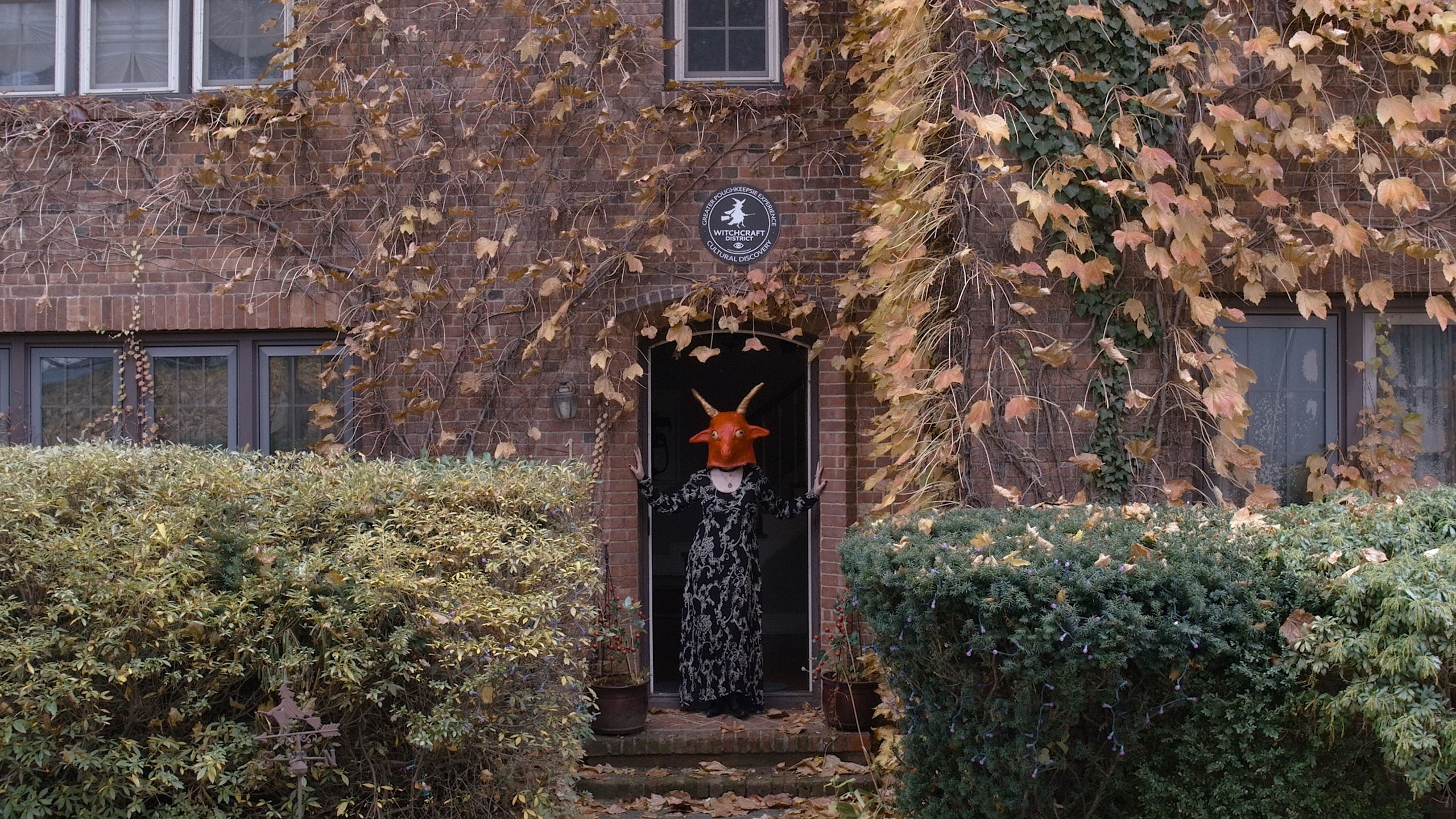

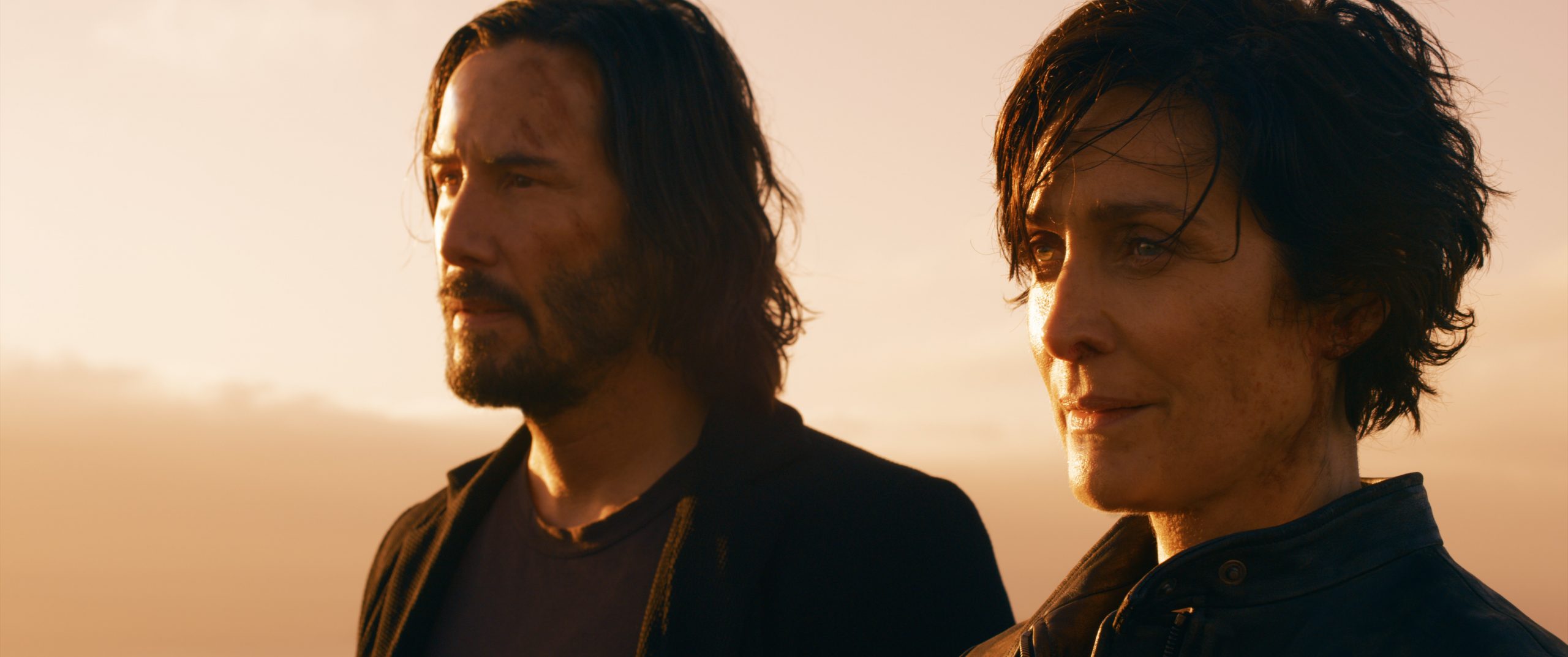
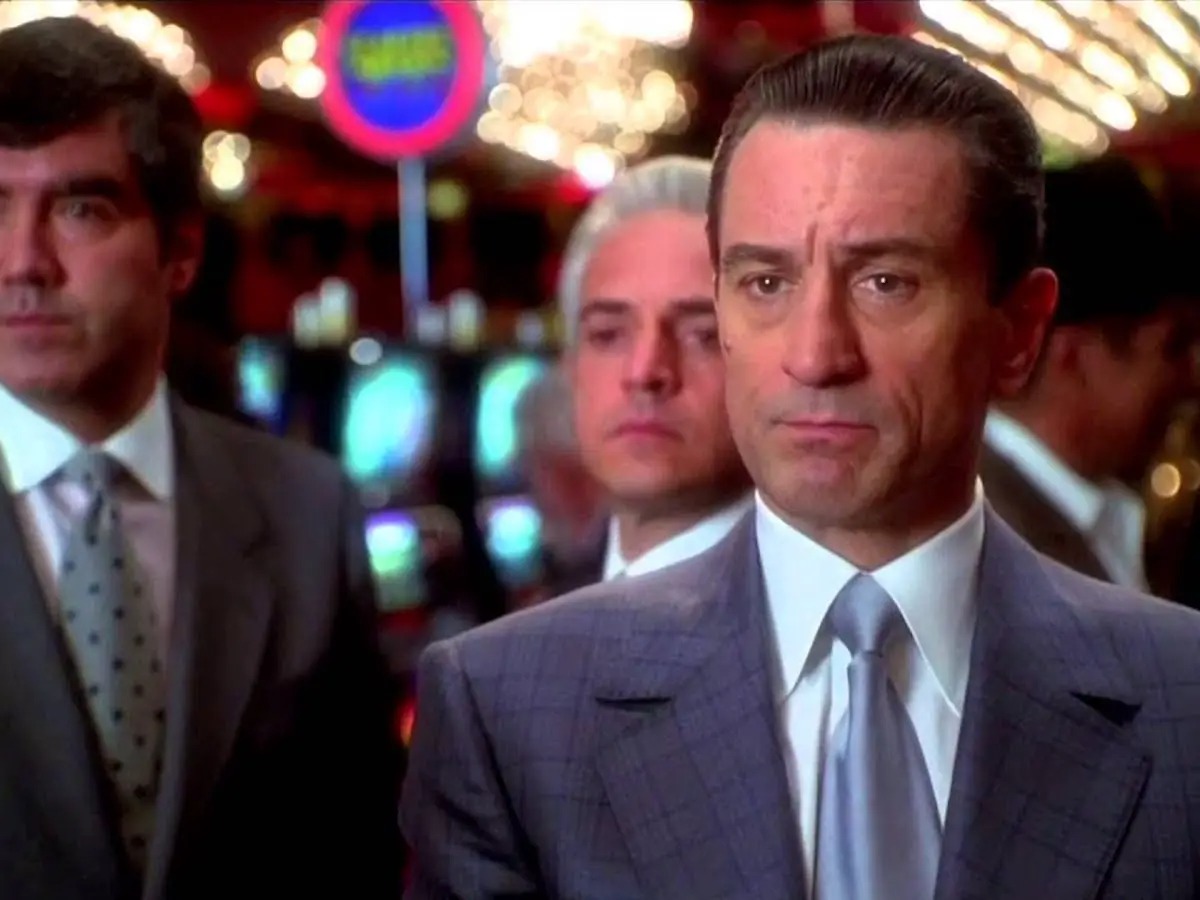
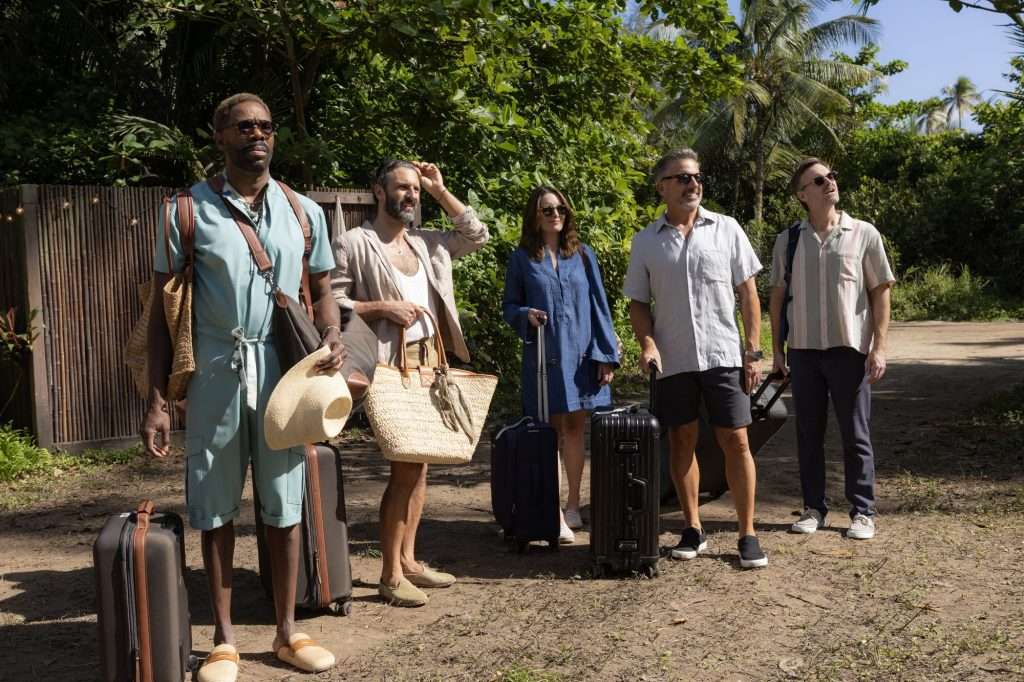



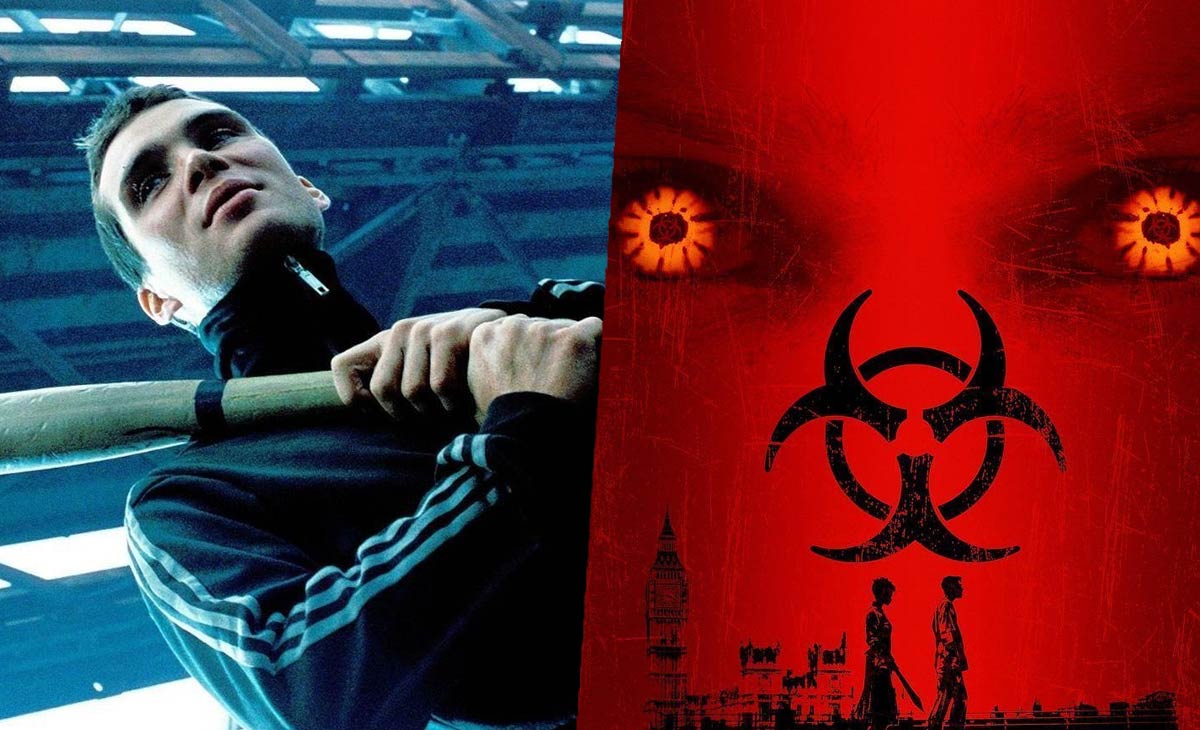

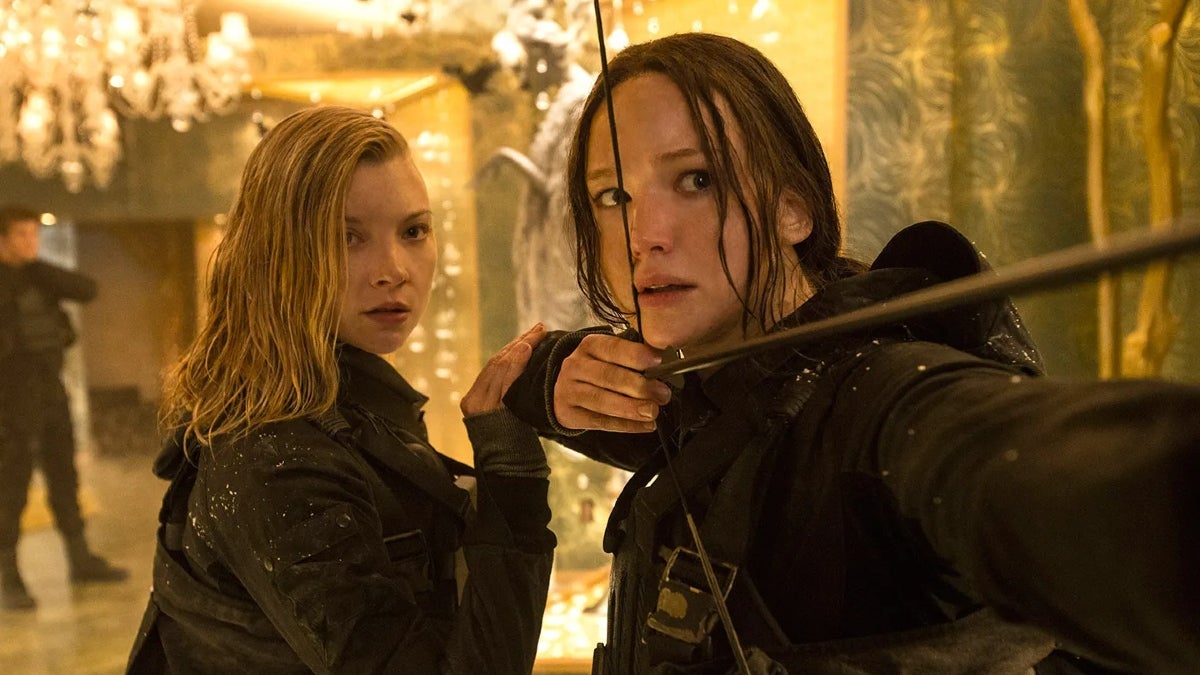



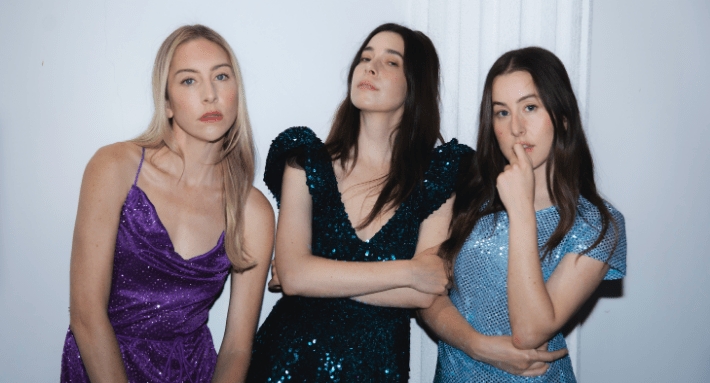




![American Airlines Slammed By Elite Passenger Forced To Fly Economy While Pilots Relax In First Class [Roundup]](https://viewfromthewing.com/wp-content/uploads/2025/05/amercan-airlines-737-first-class-seat-pair.jpg?#)























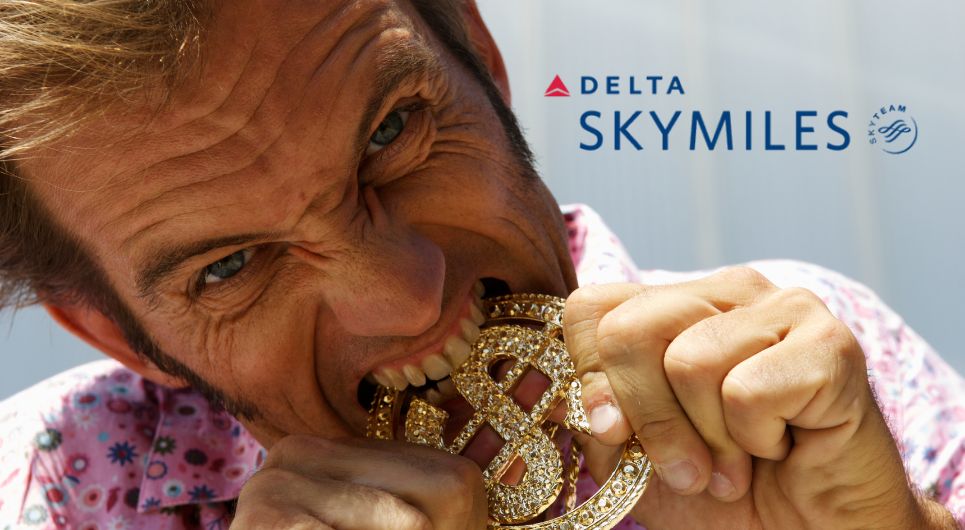
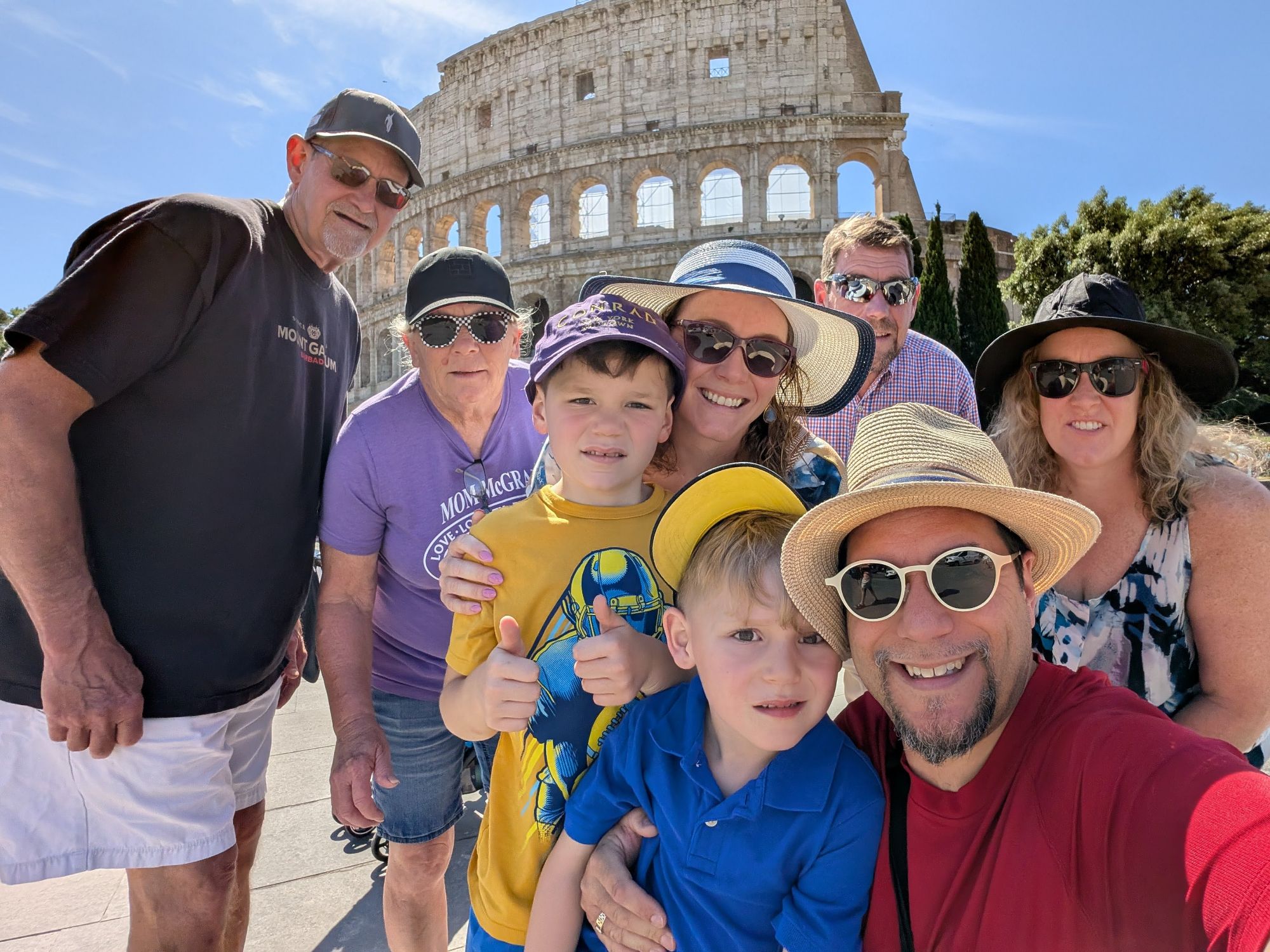






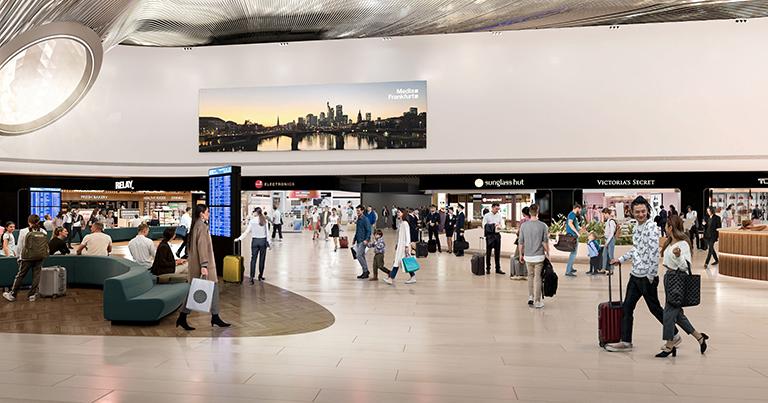


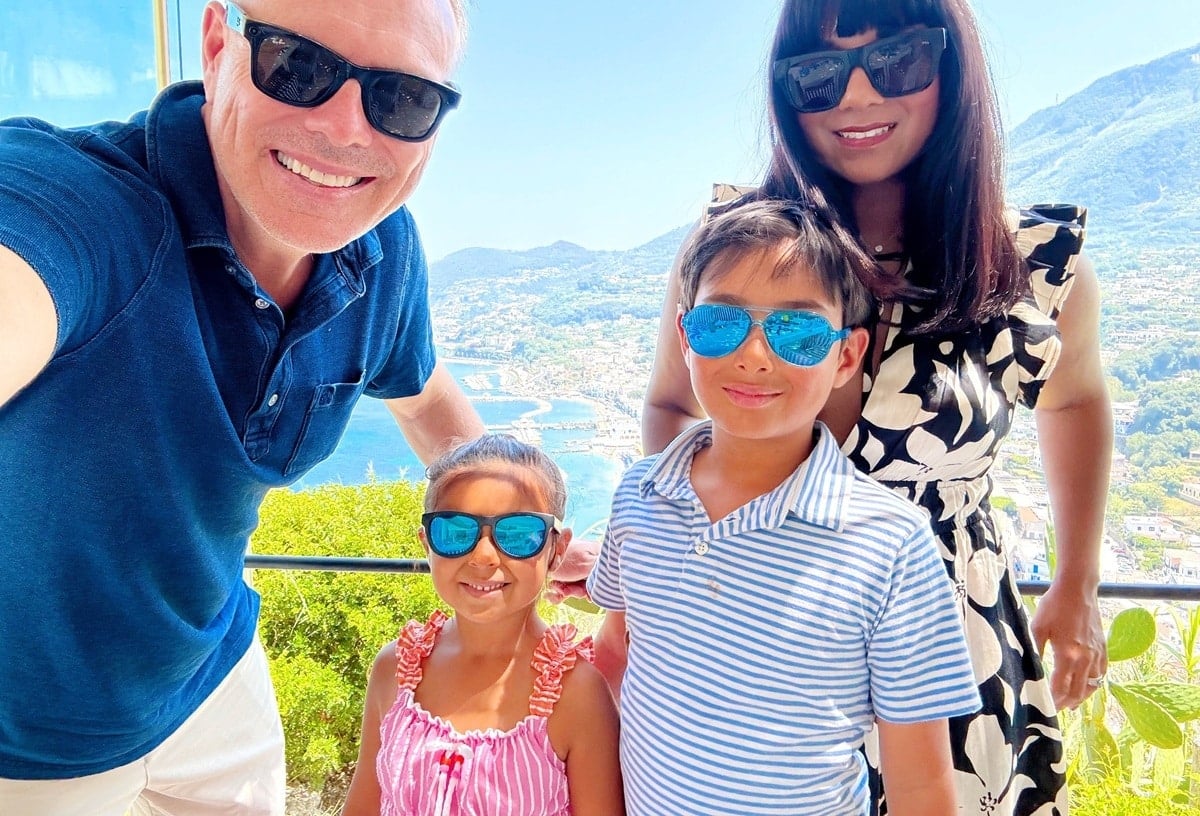




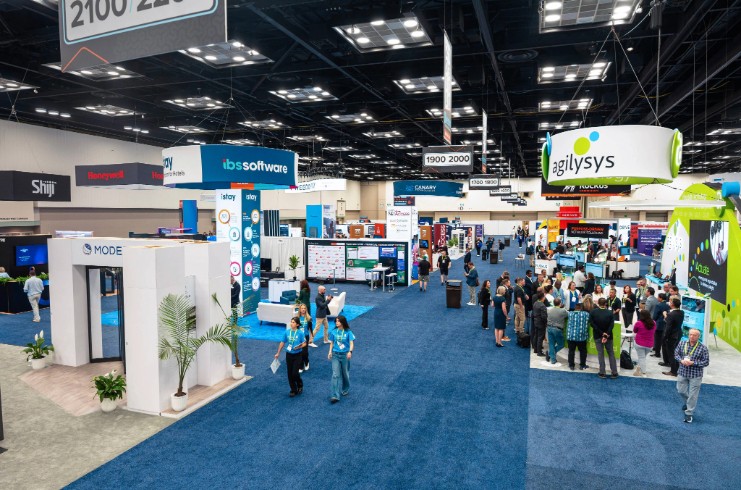
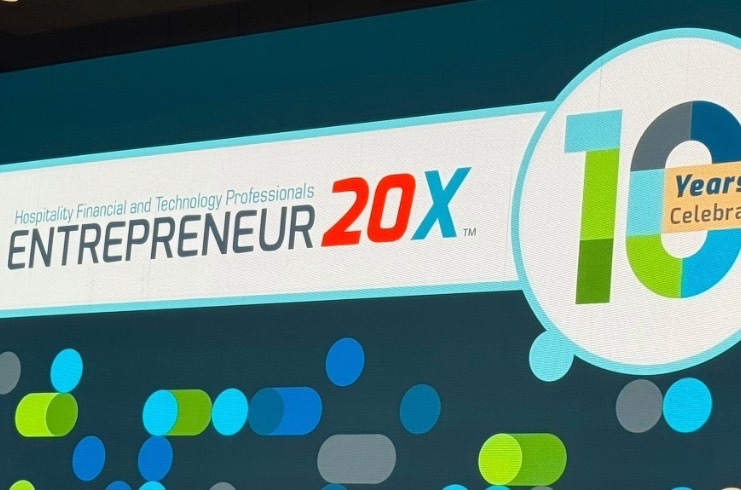
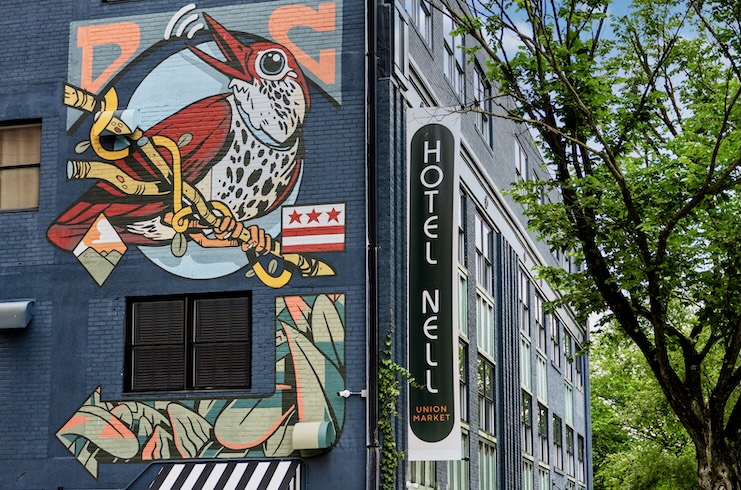























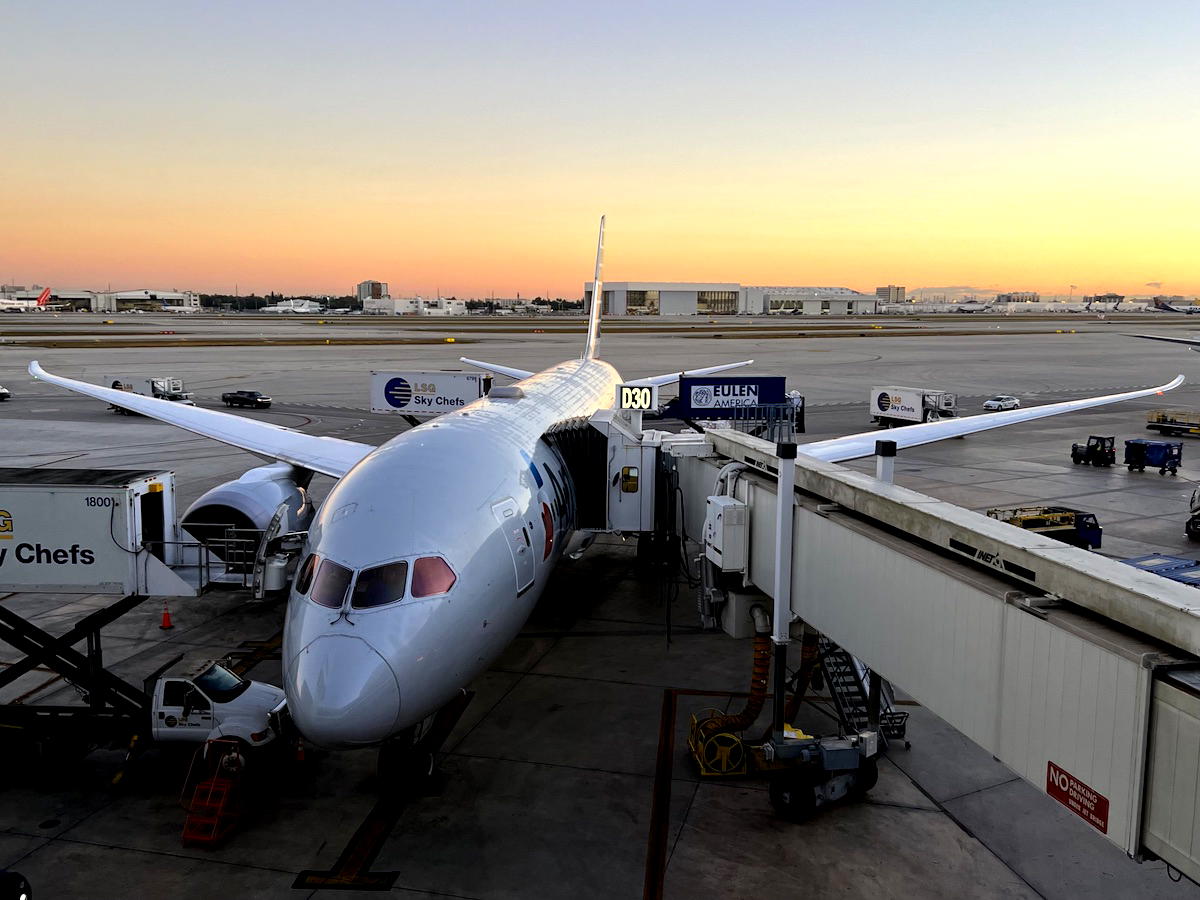


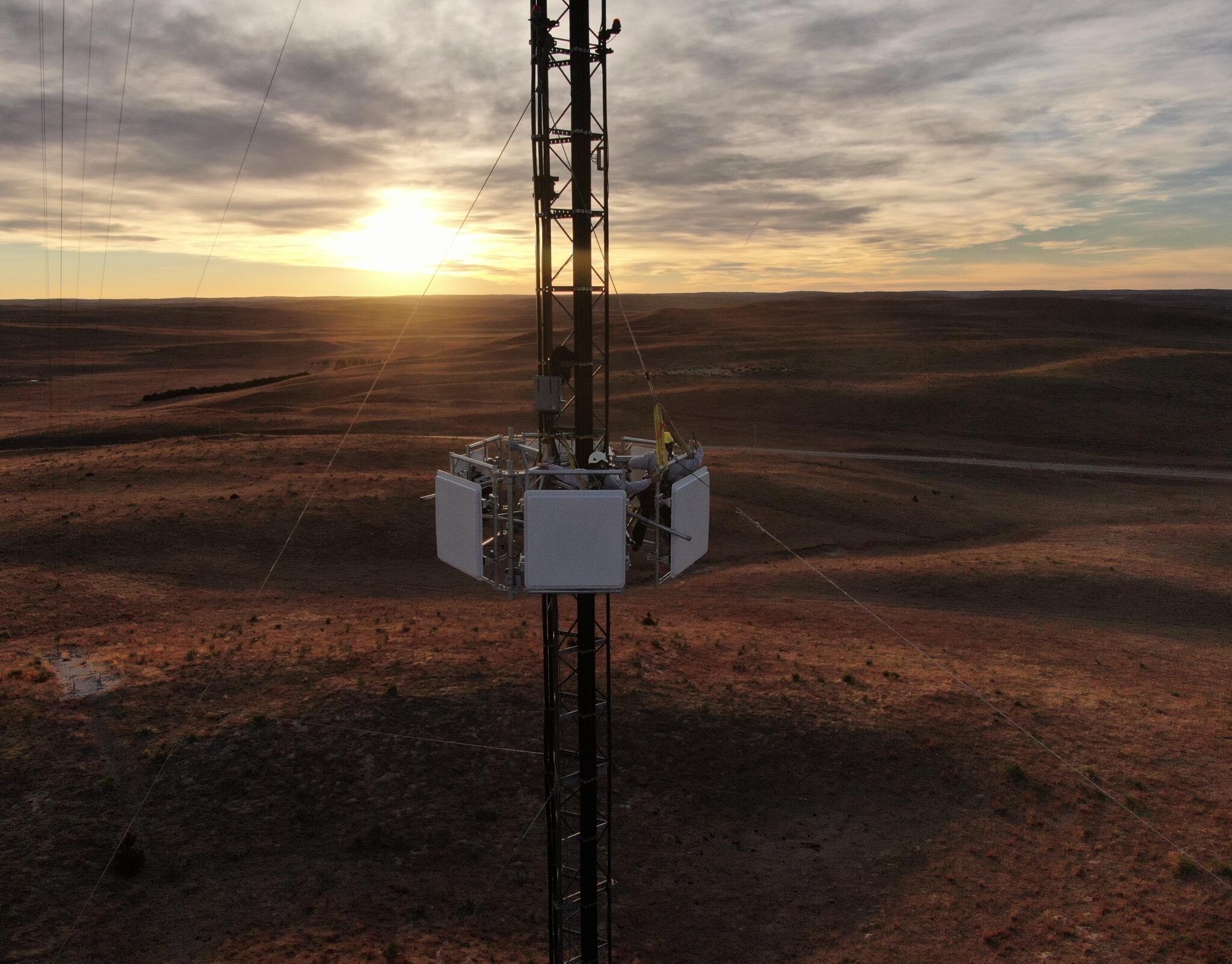

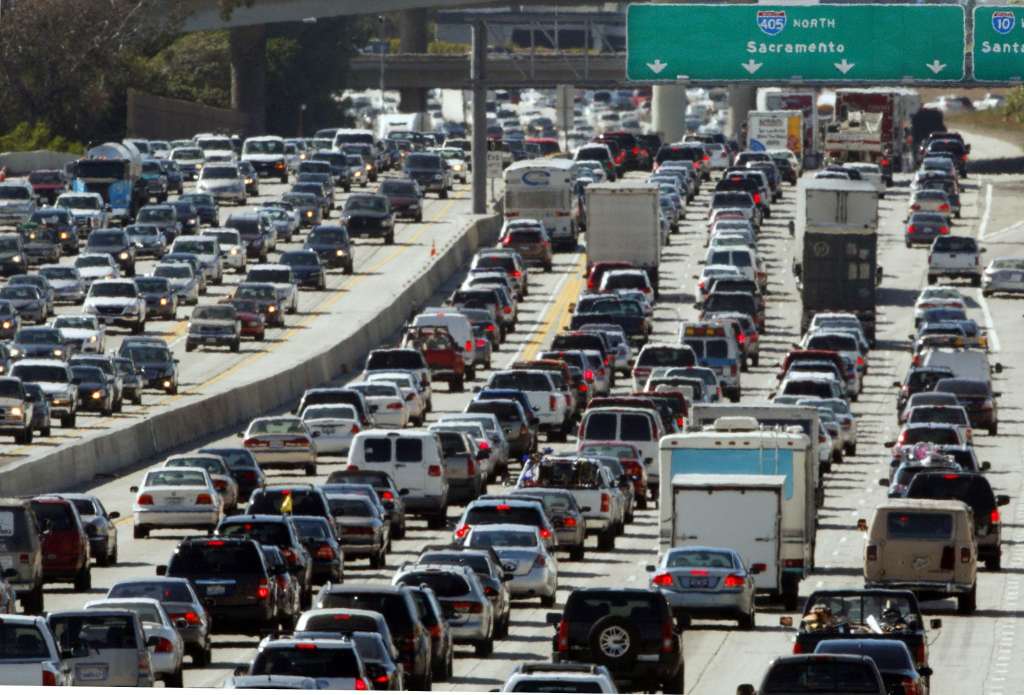

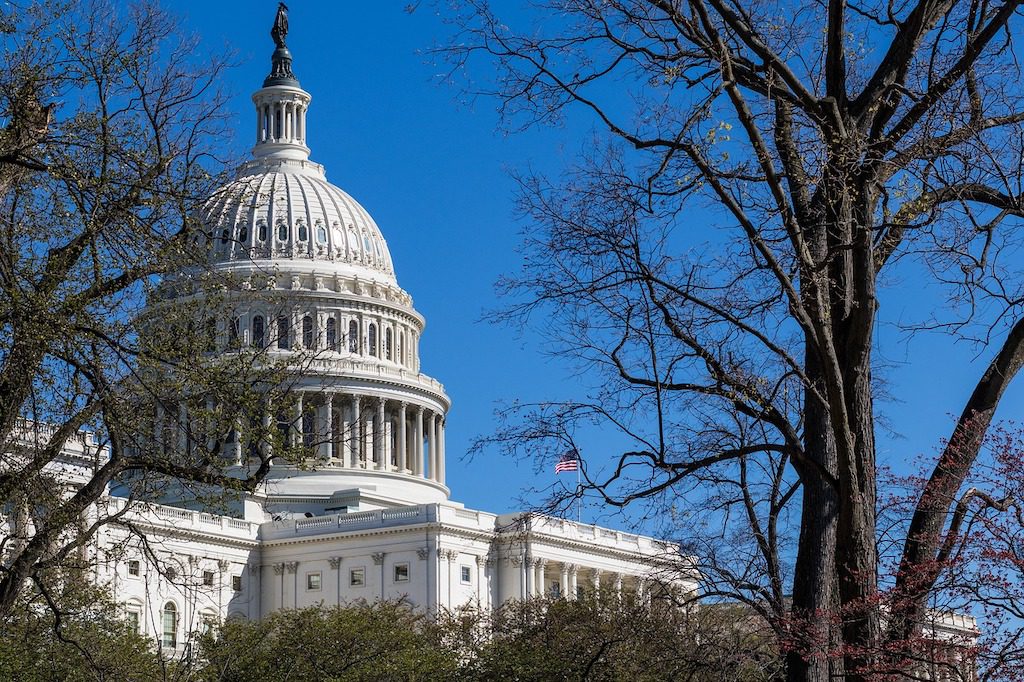





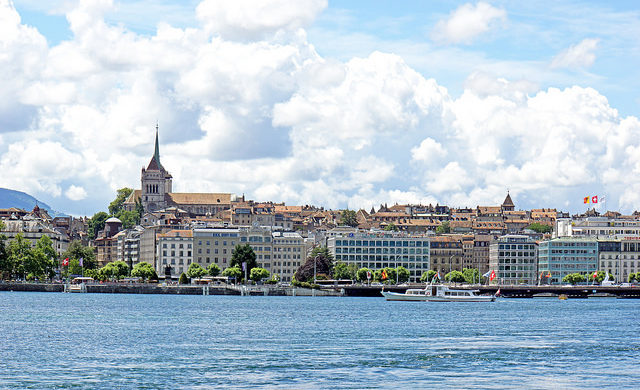
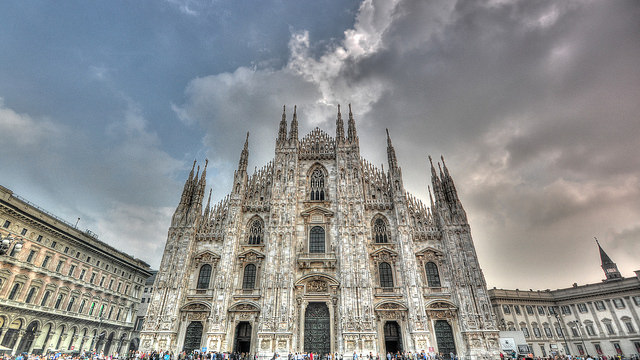
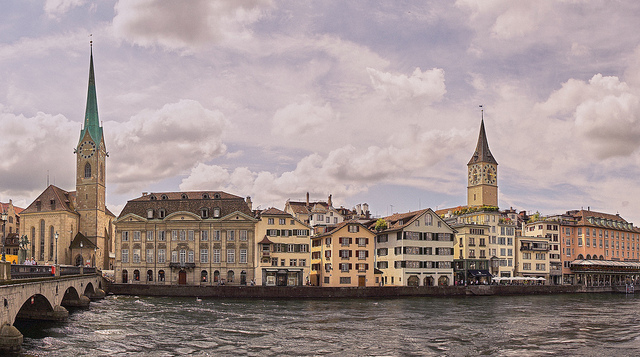
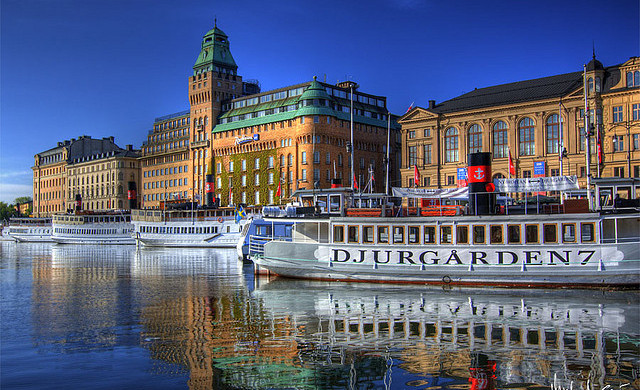

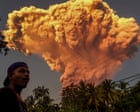
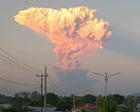












![United Flight Attendant Leaves Risqué Note for Miley Cyrus’ Ex—”I Was Shakin’ Like a Stripper” [Roundup]](https://viewfromthewing.com/wp-content/uploads/2023/02/ua-fa.jpeg?#)




































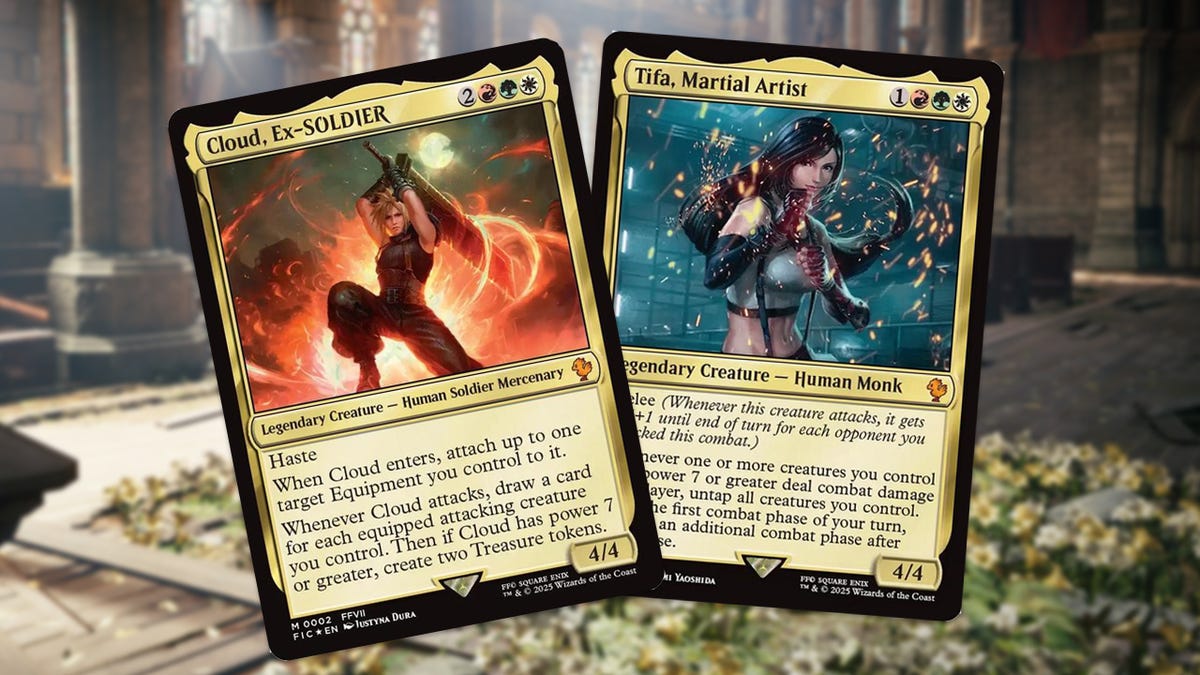






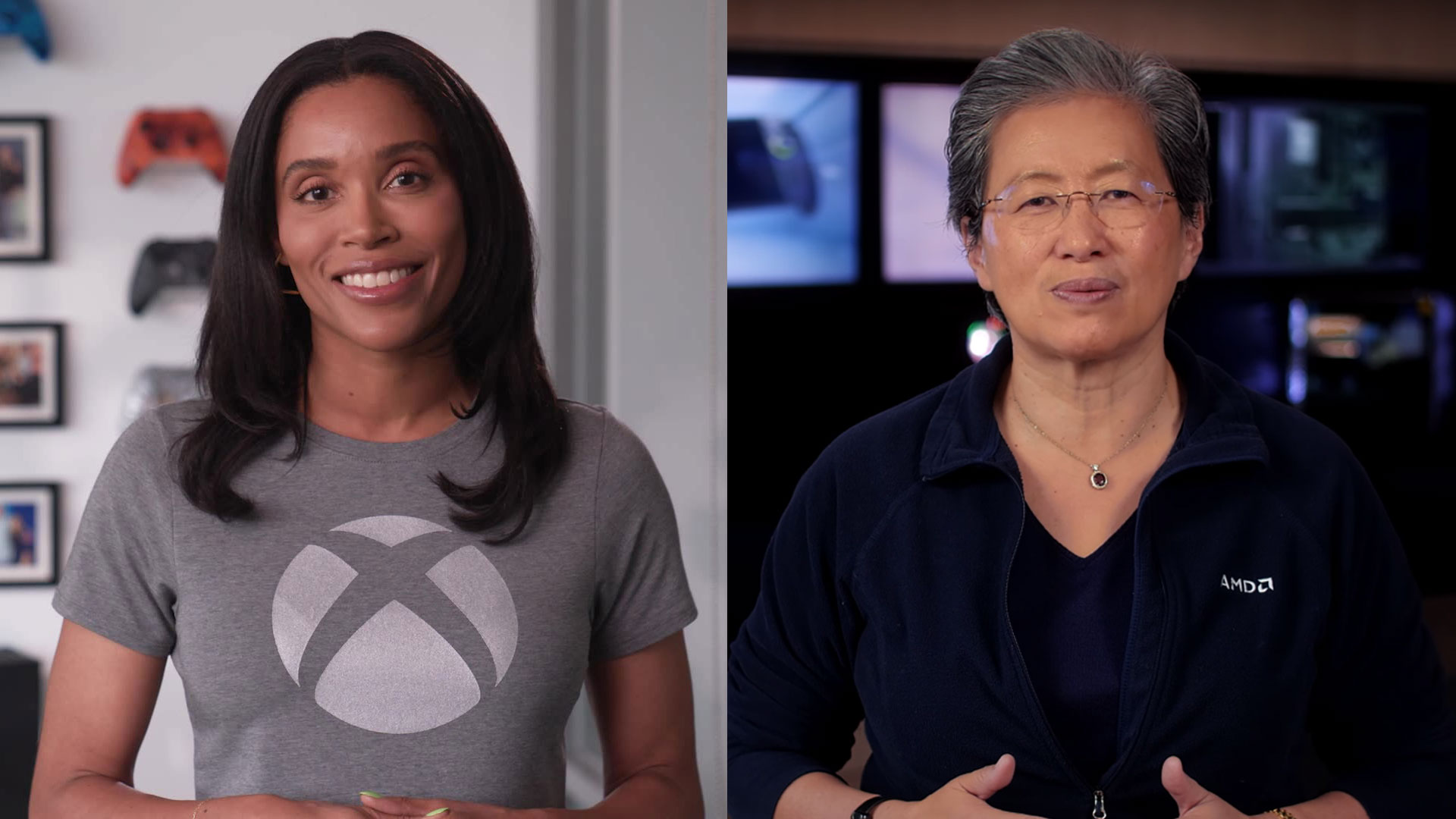

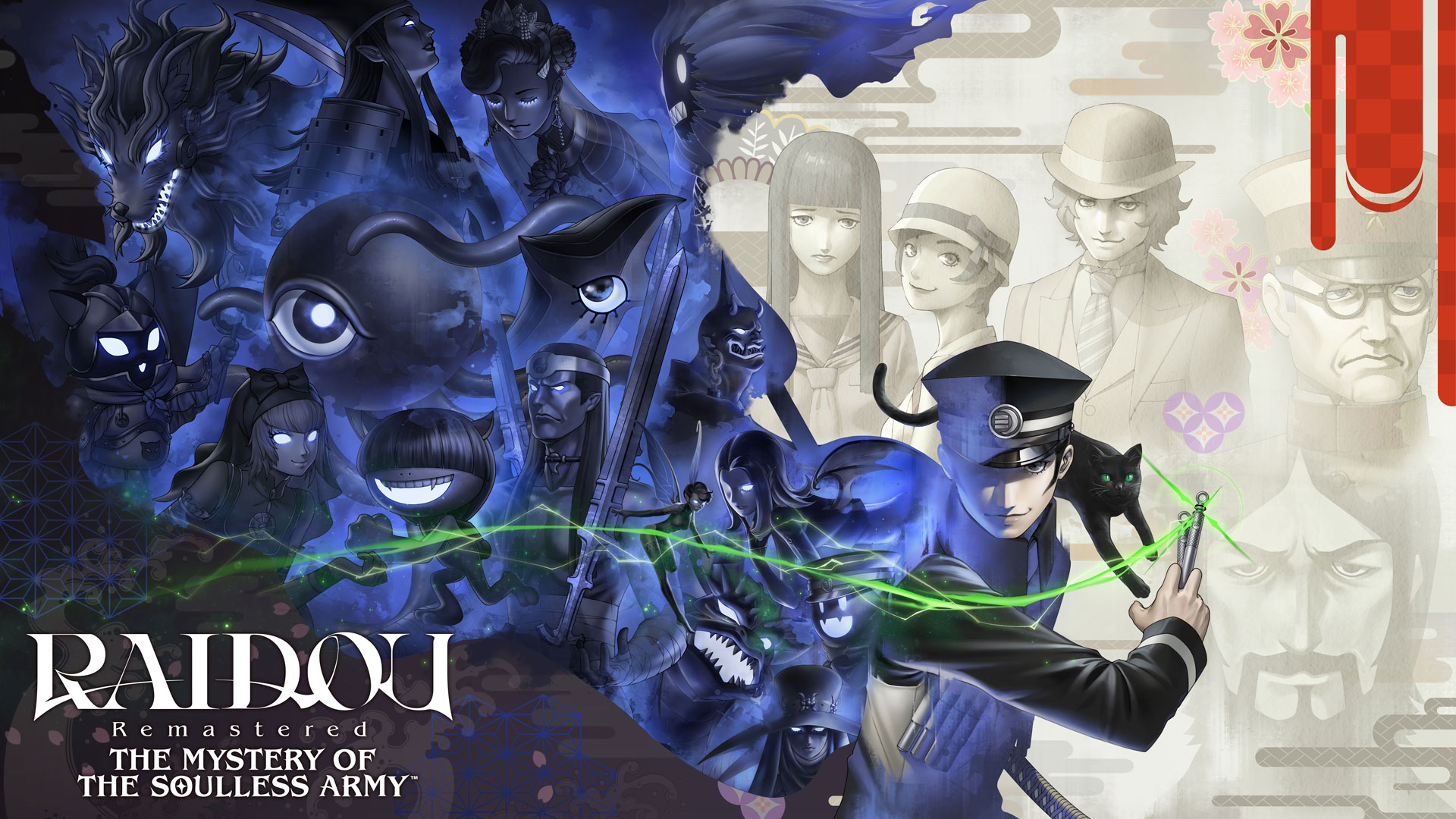
















































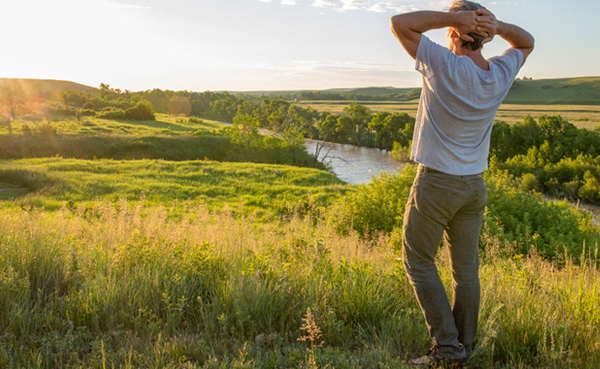
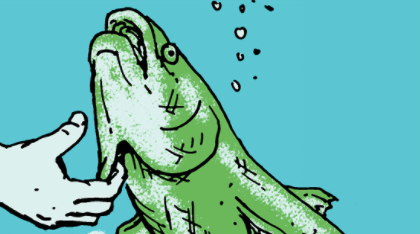
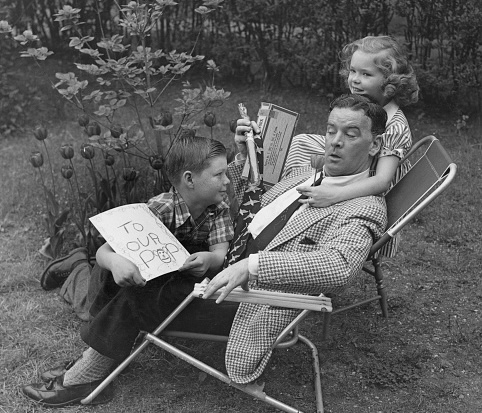








































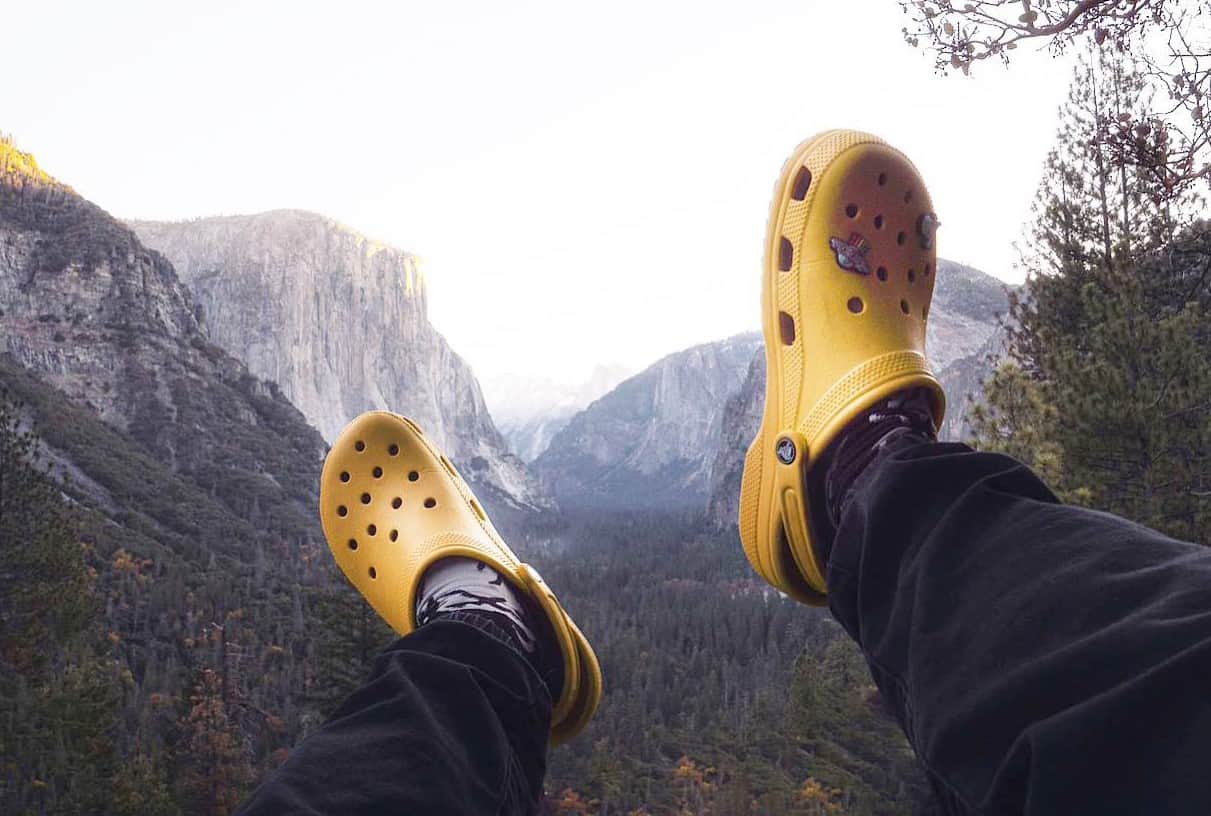


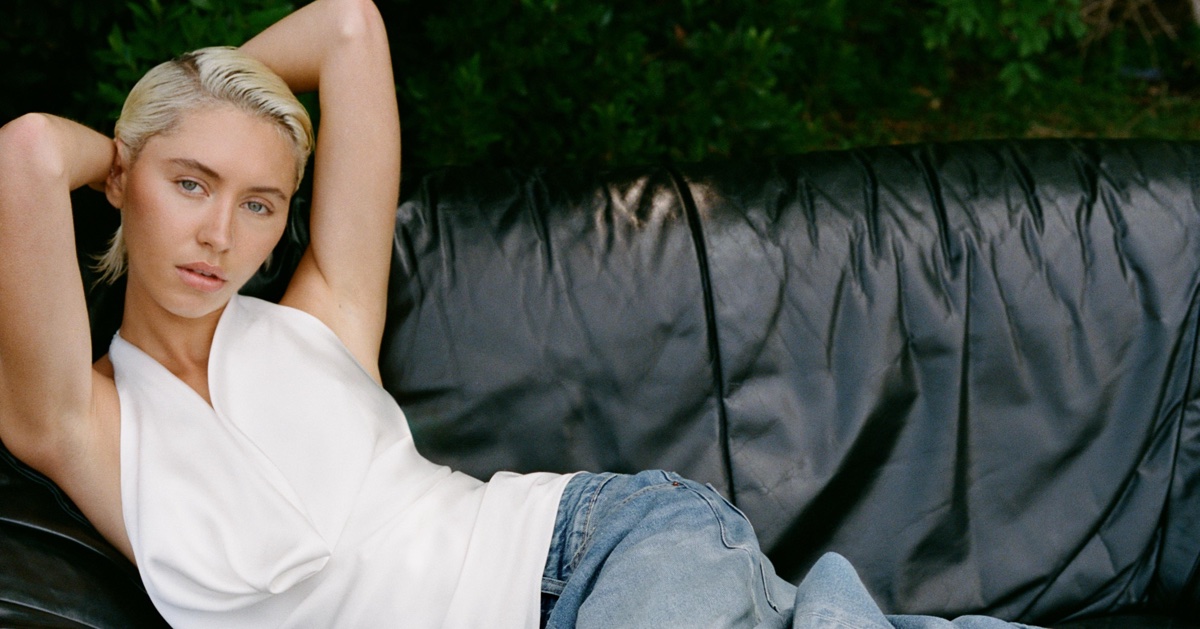


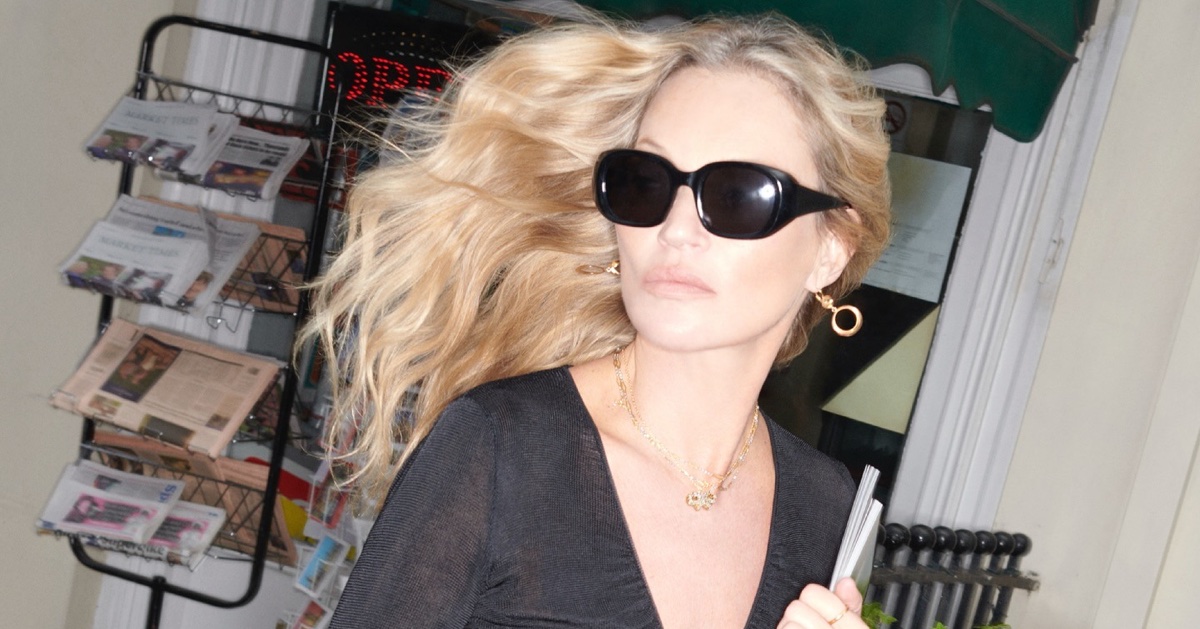







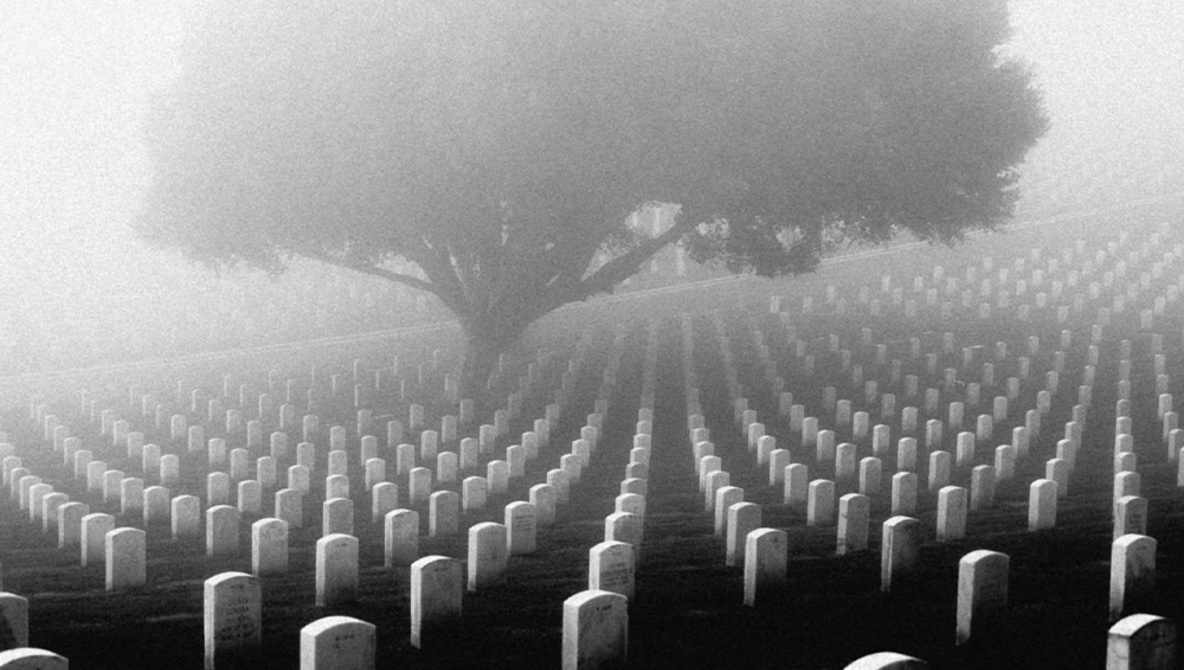









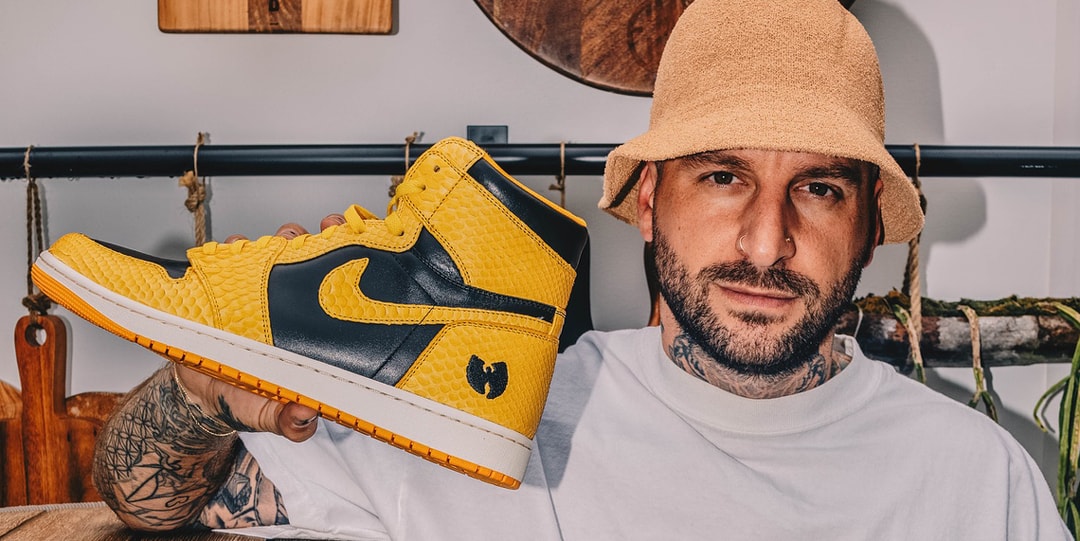

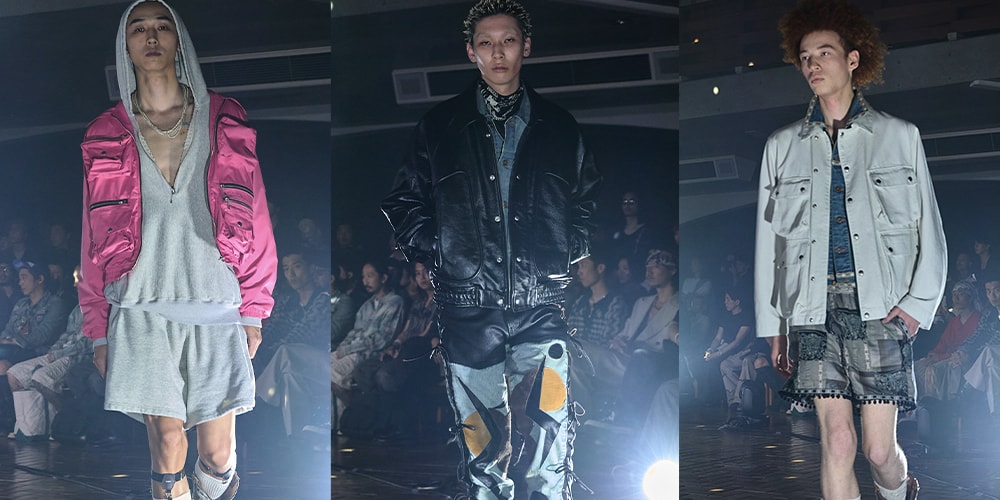

![[Podcast] Problem Framing: Rewire How You Think, Create, and Lead with Rory Sutherland](https://justcreative.com/wp-content/uploads/2025/06/rort-sutherland-35.png)


















